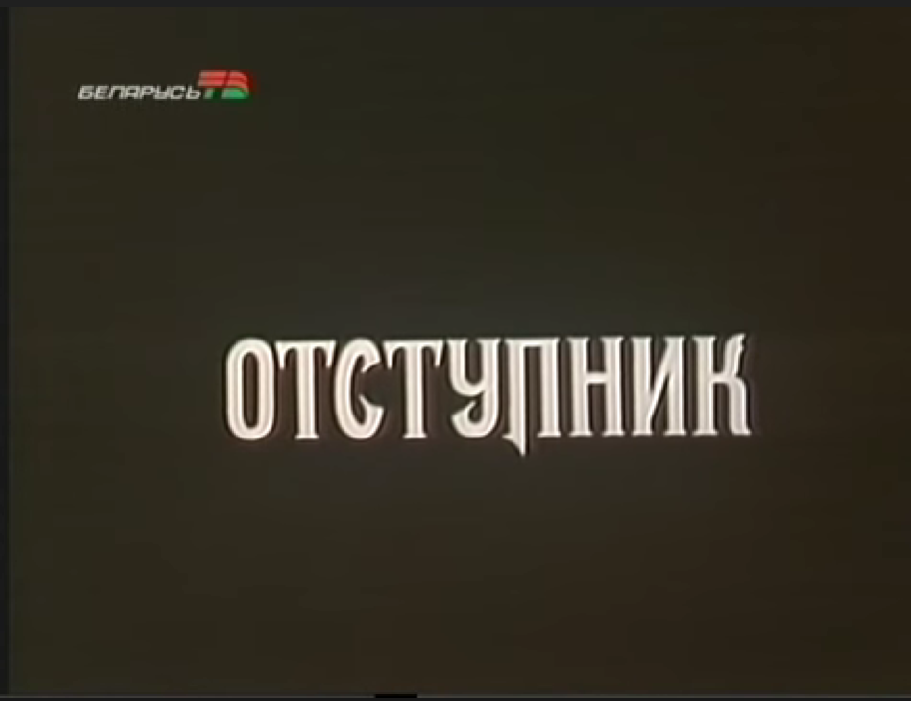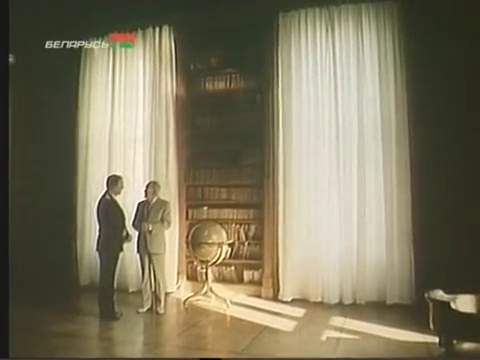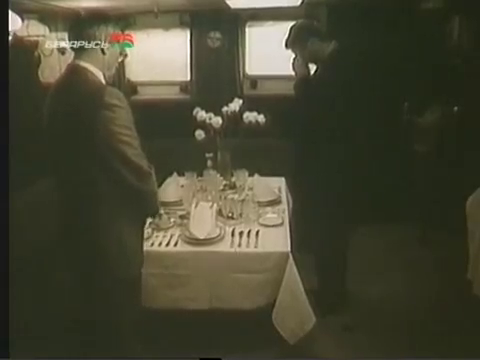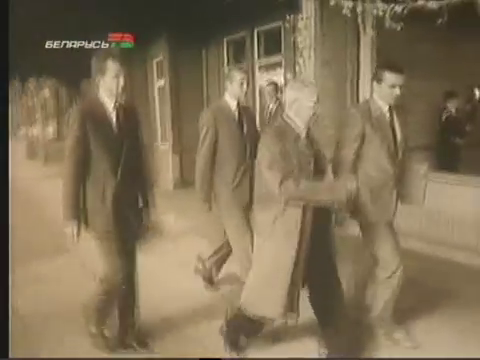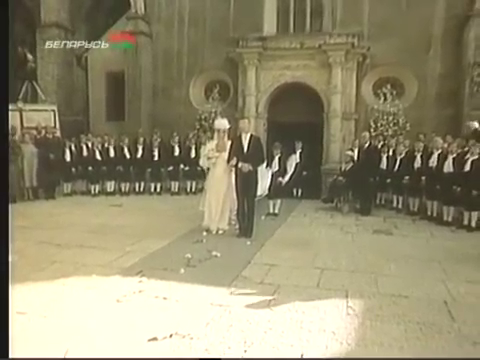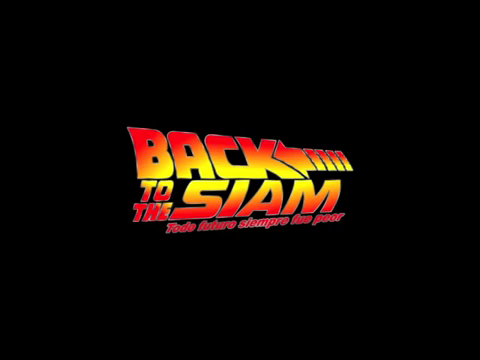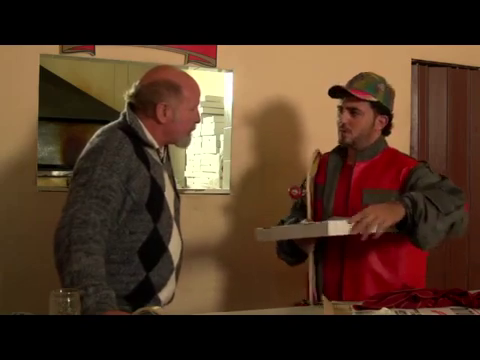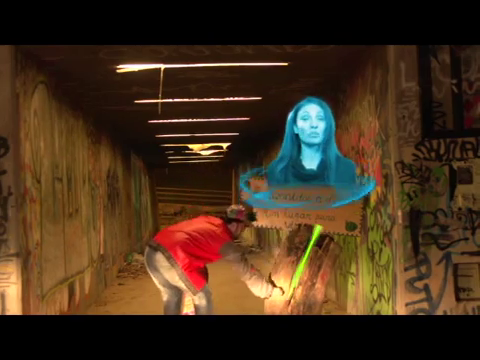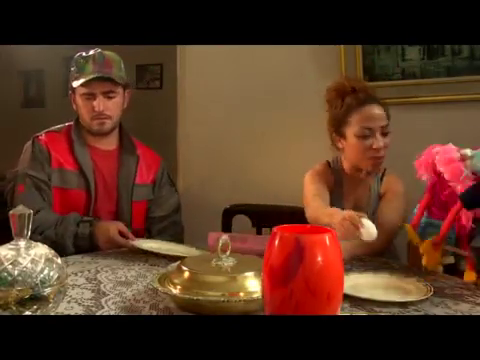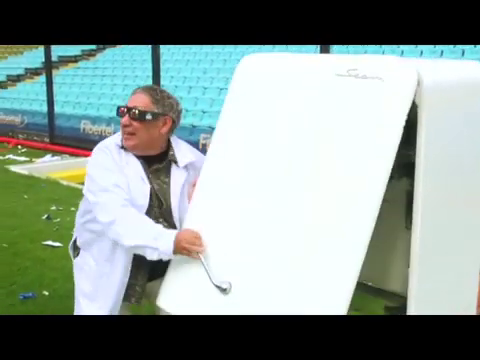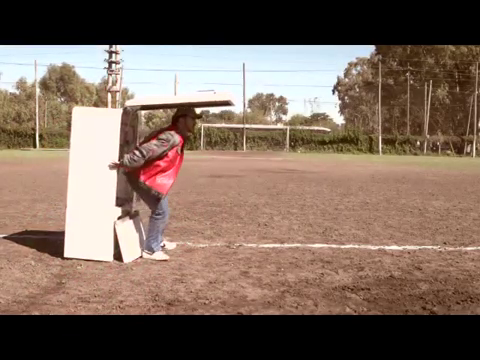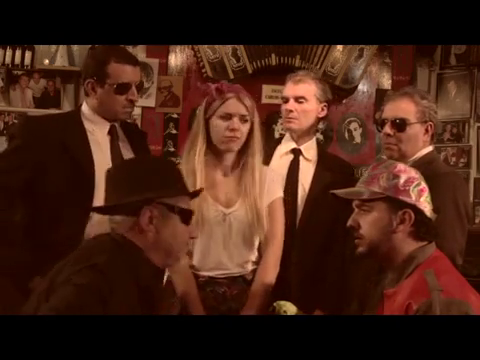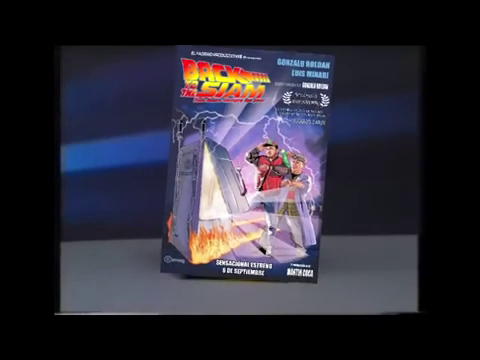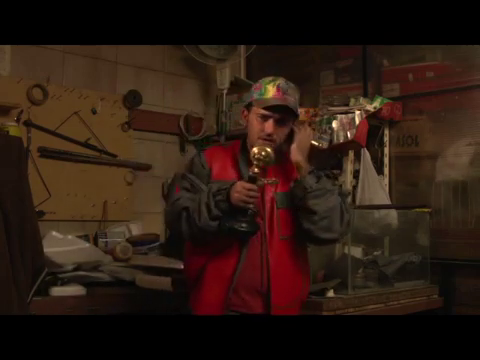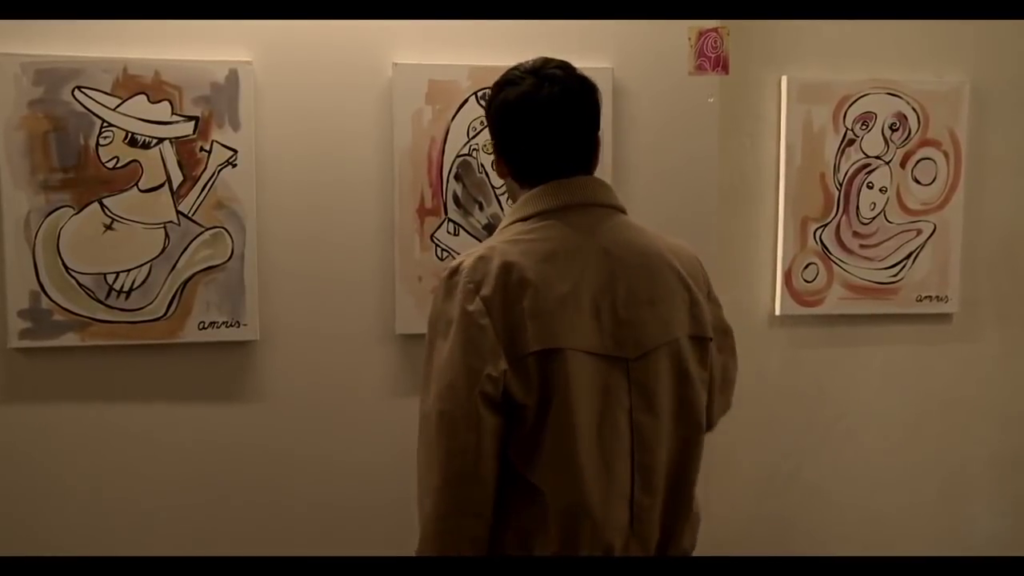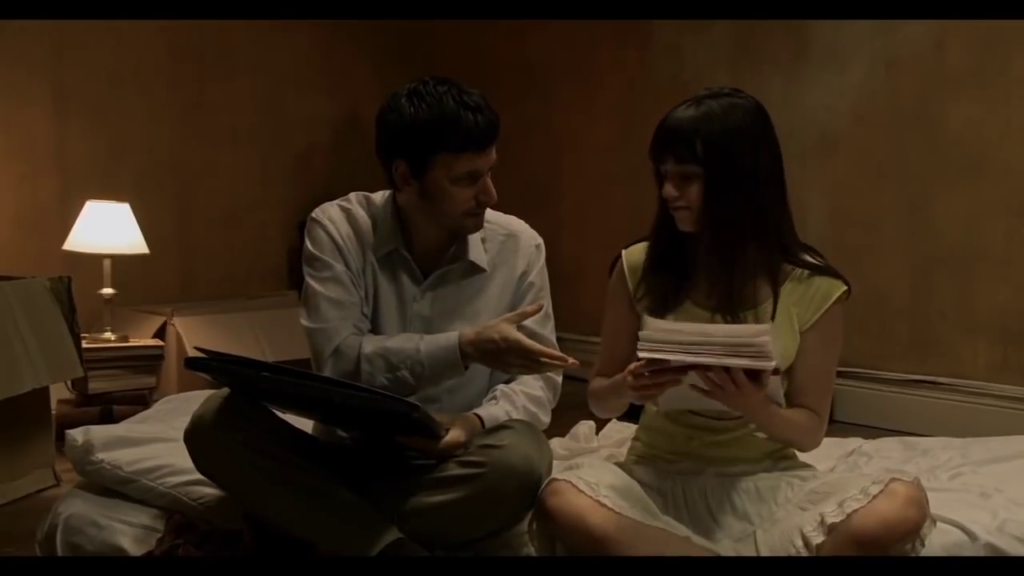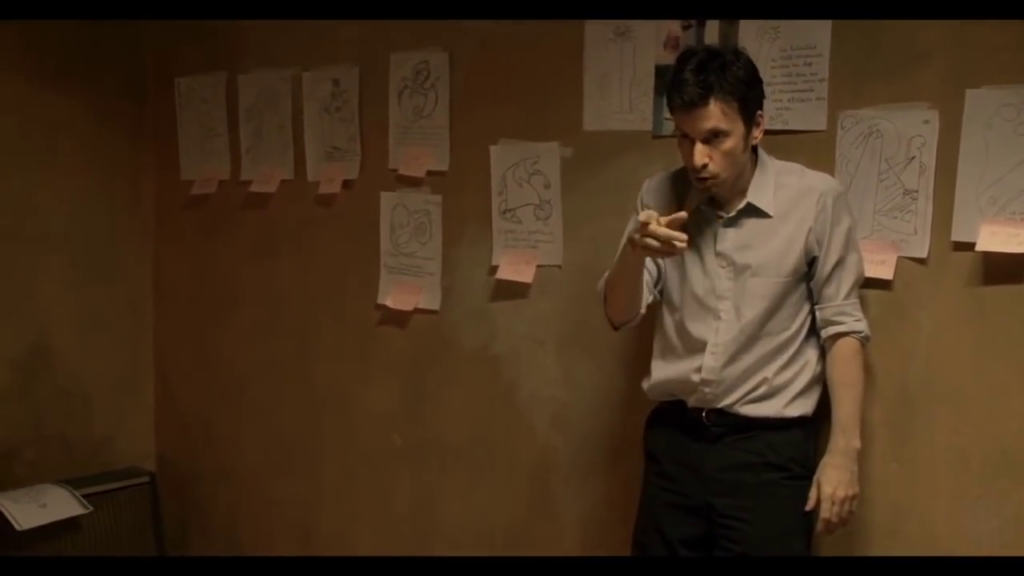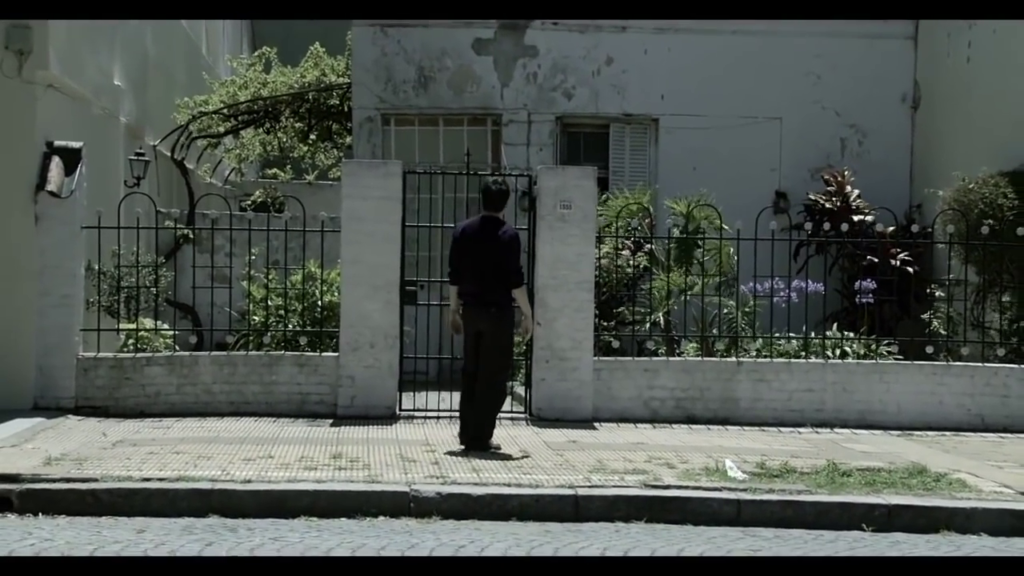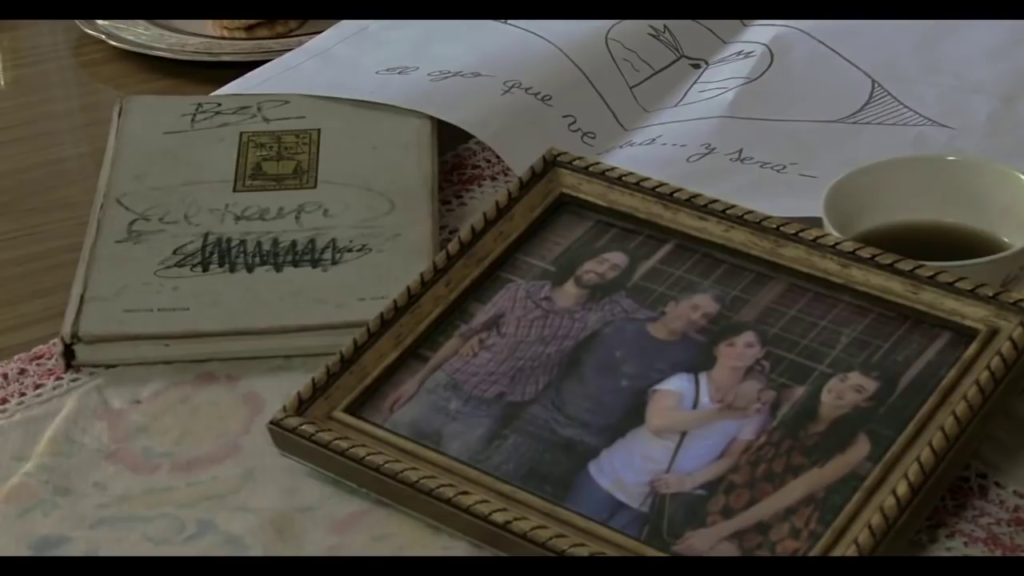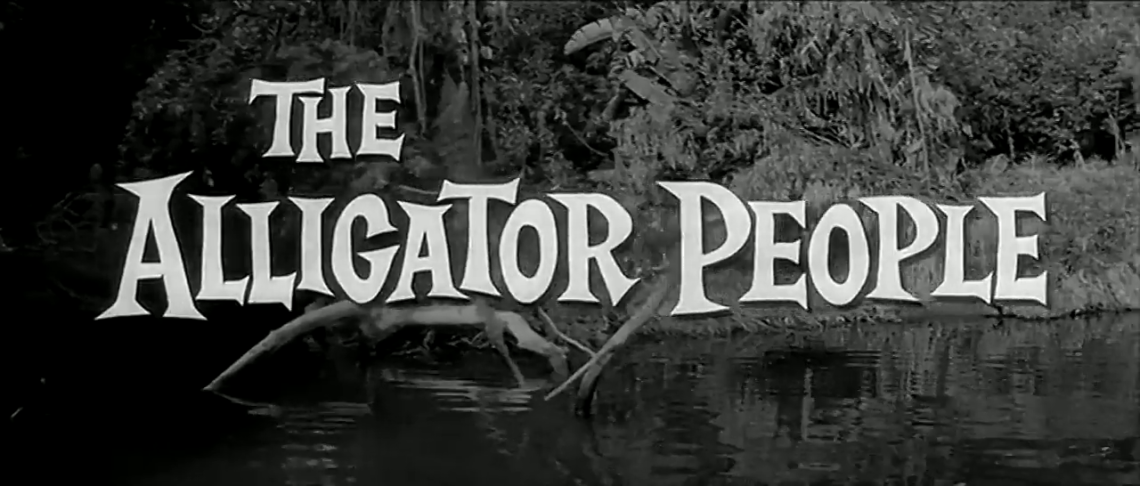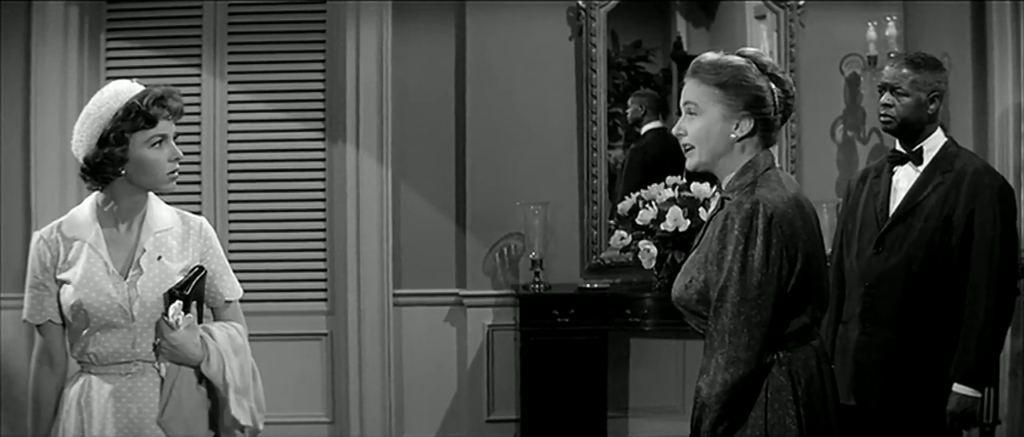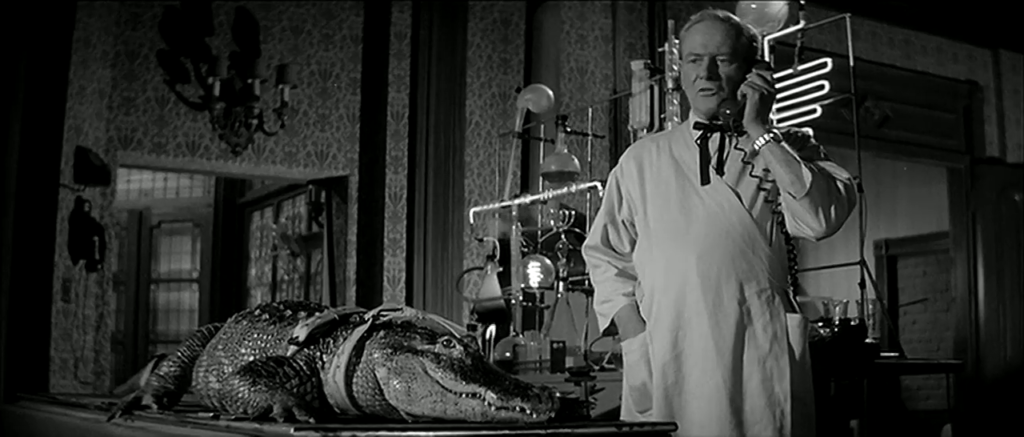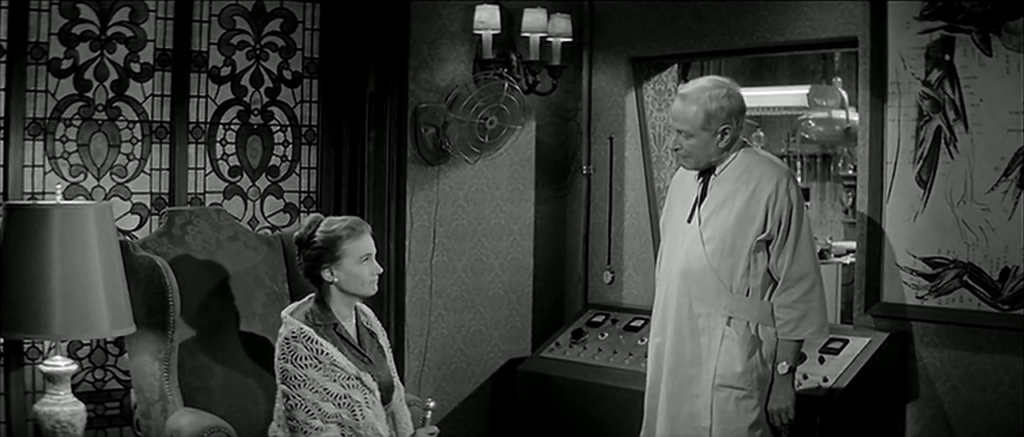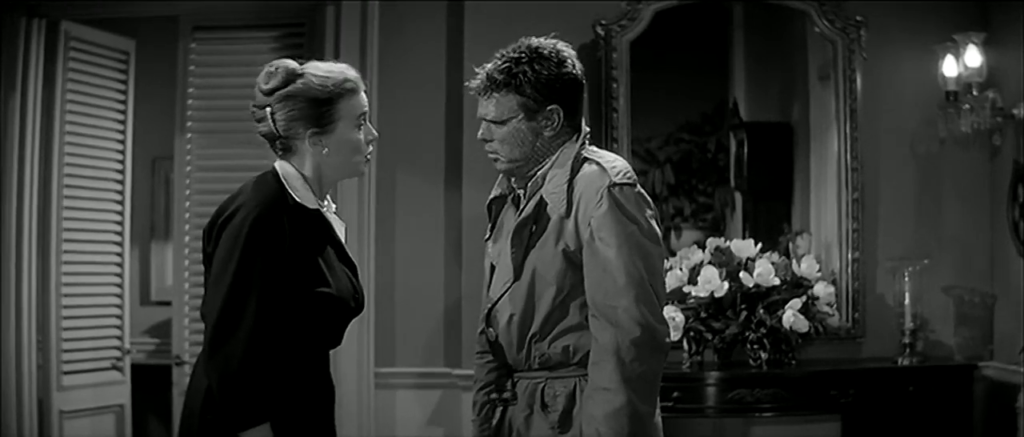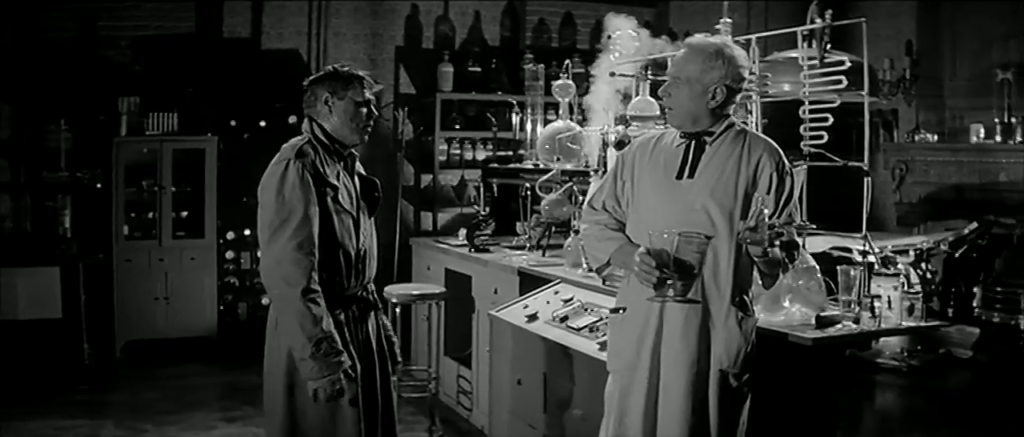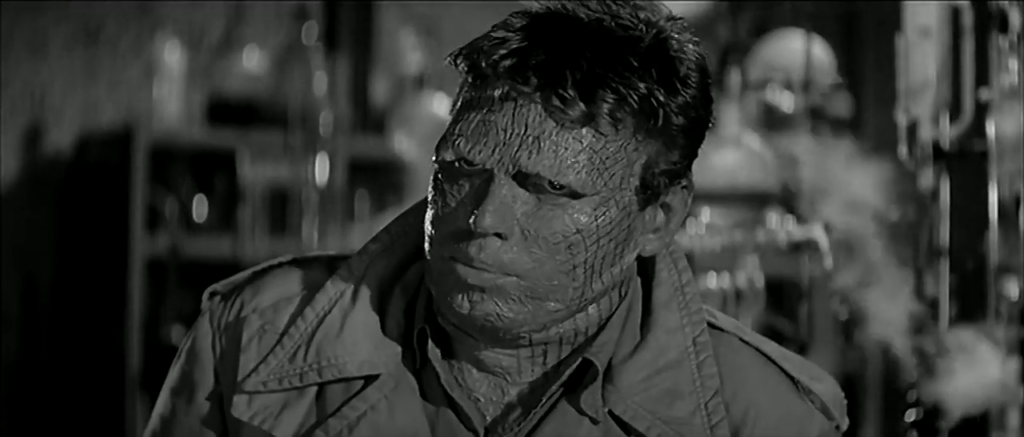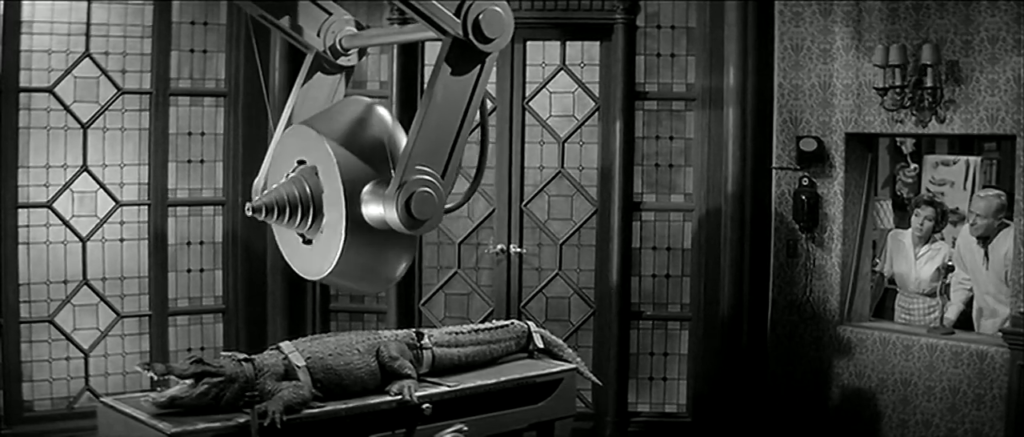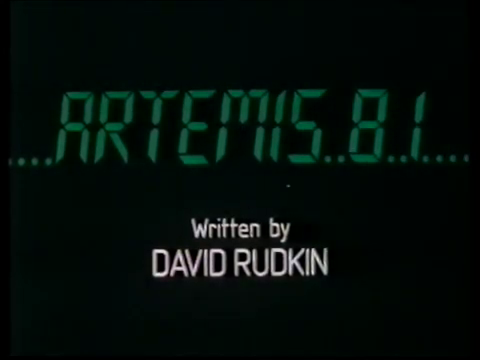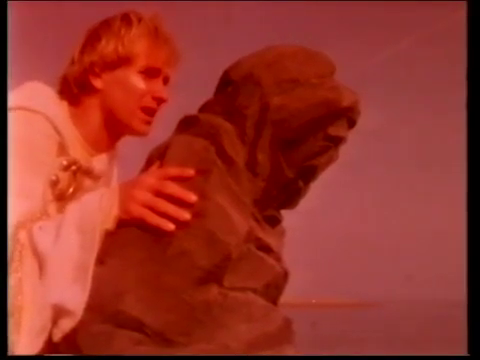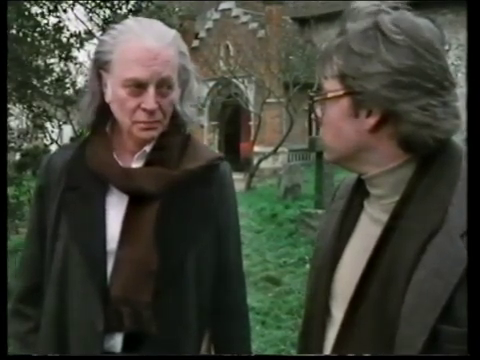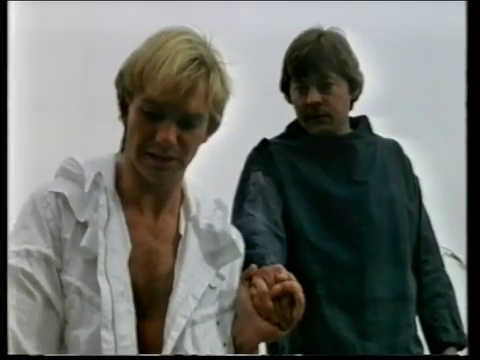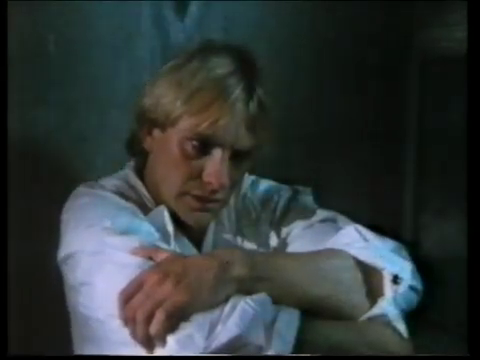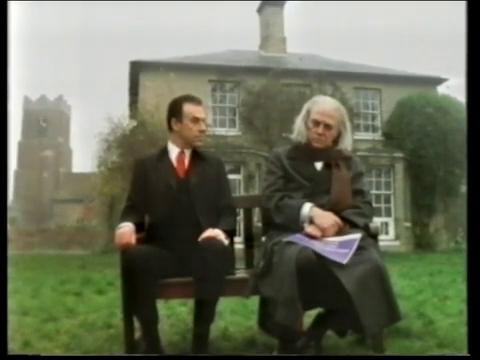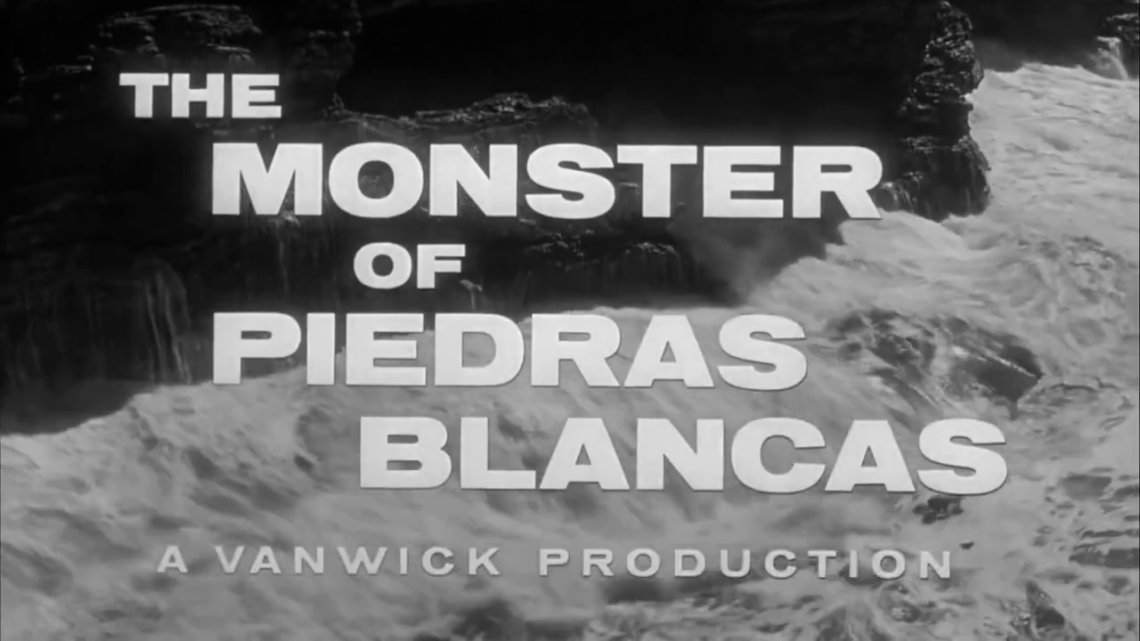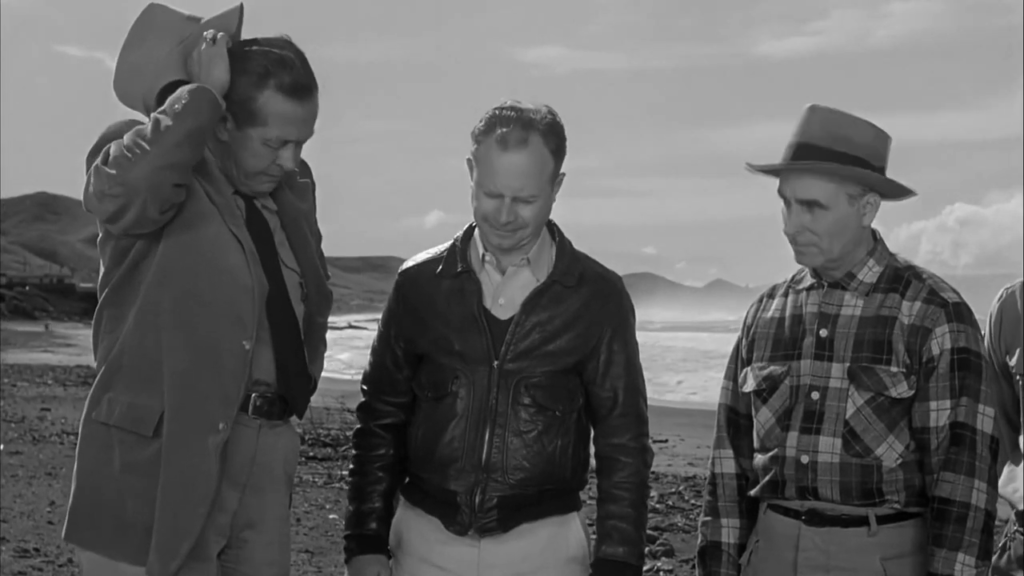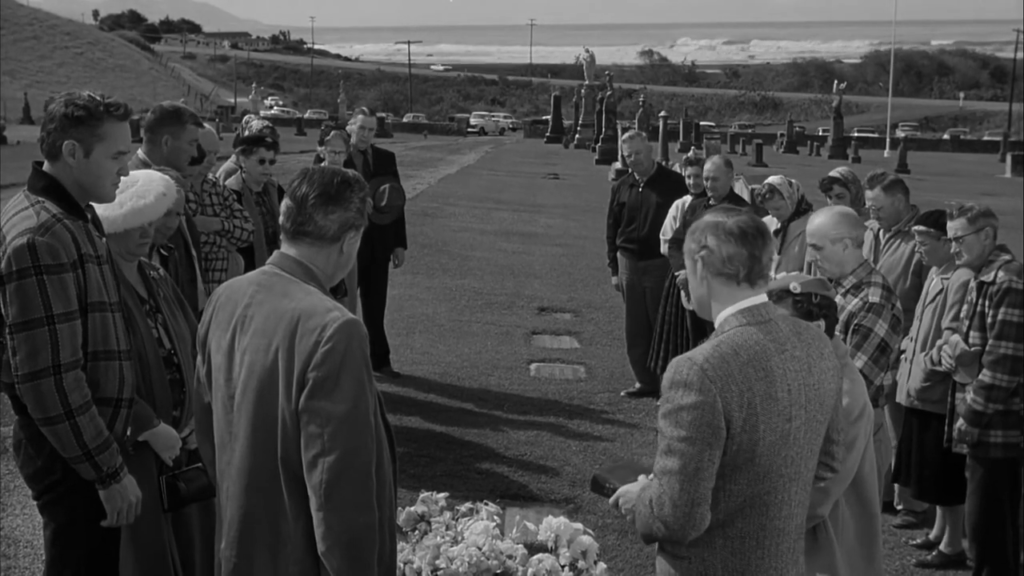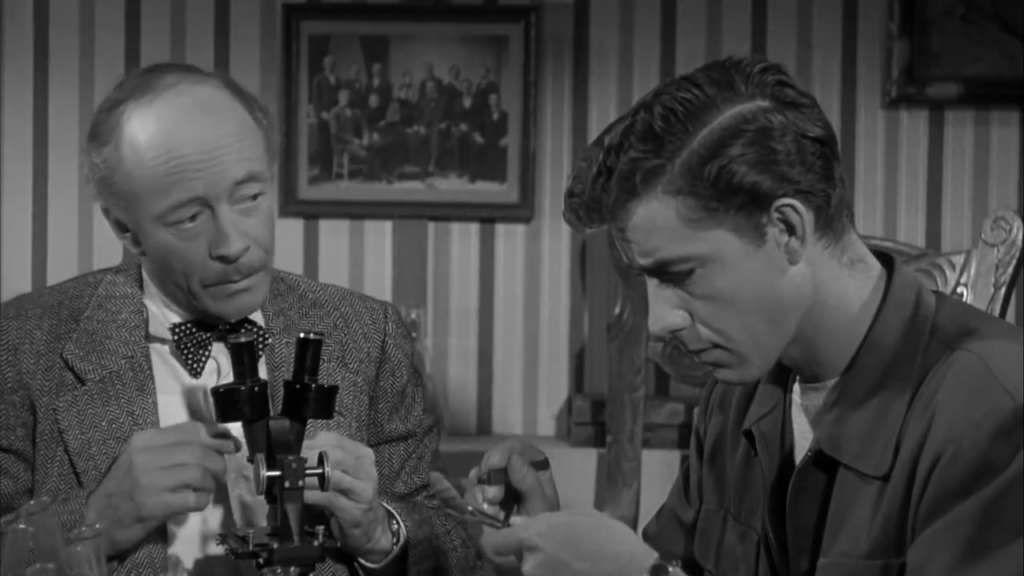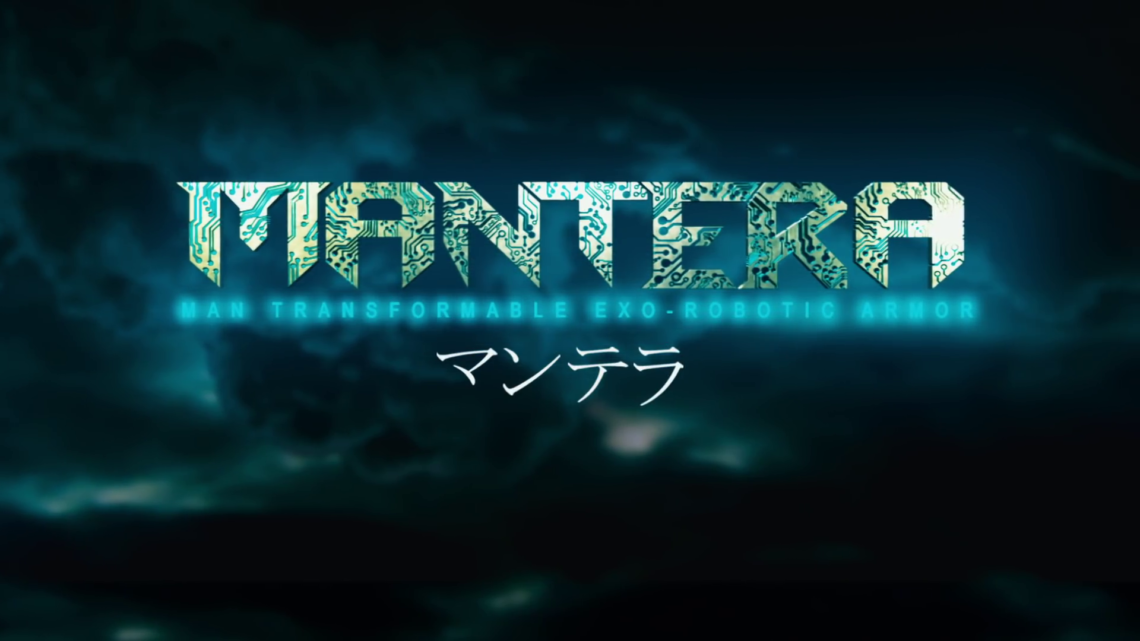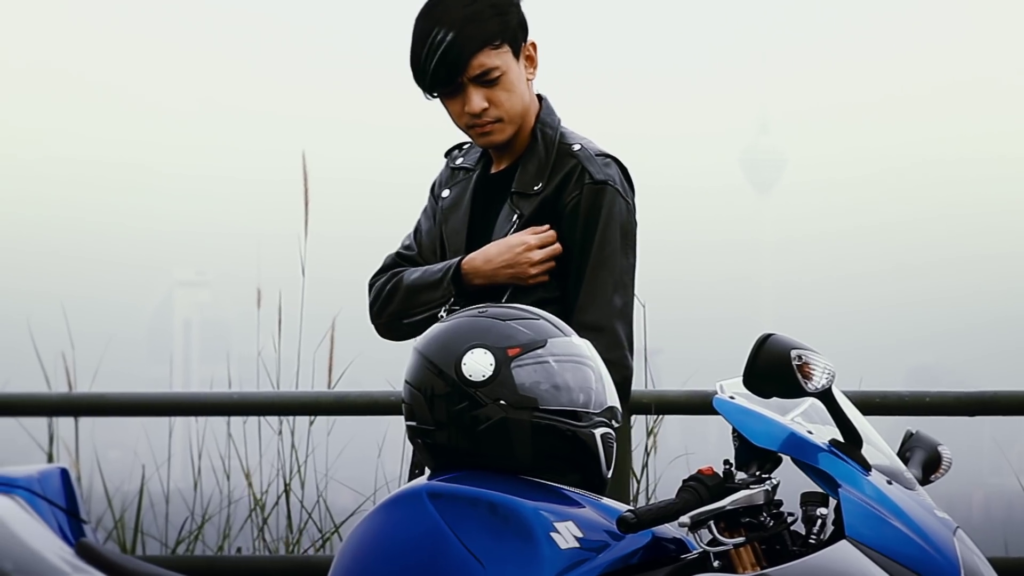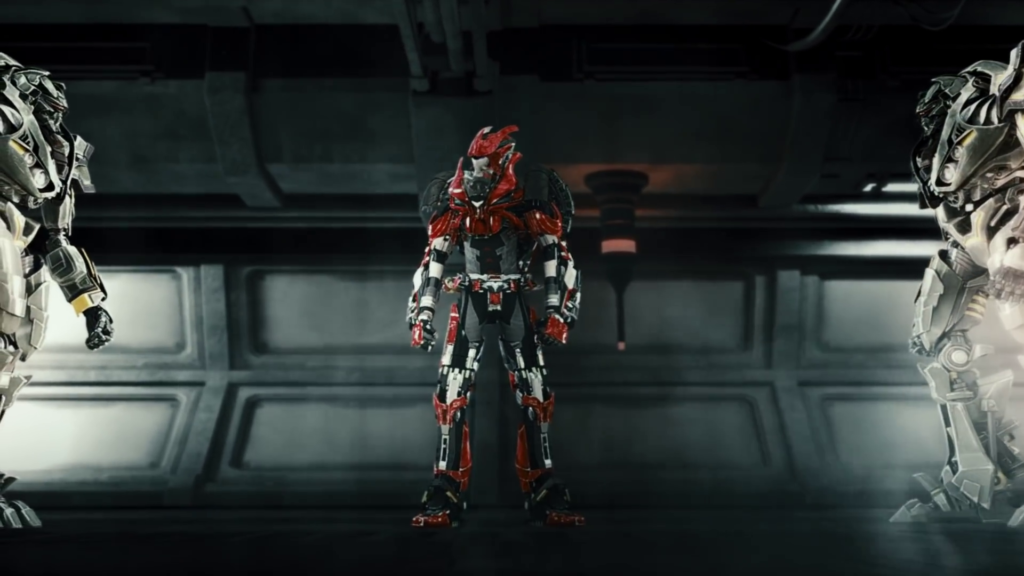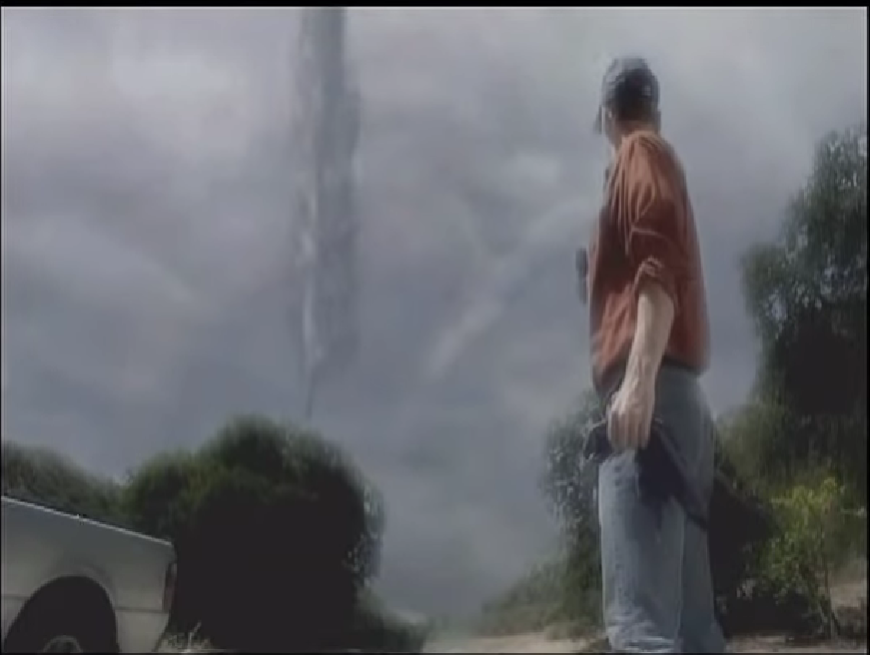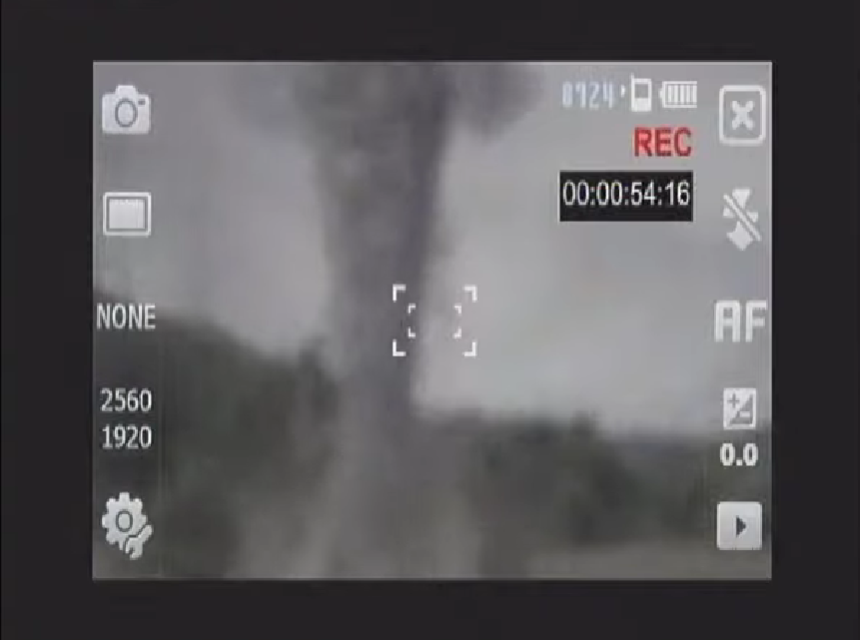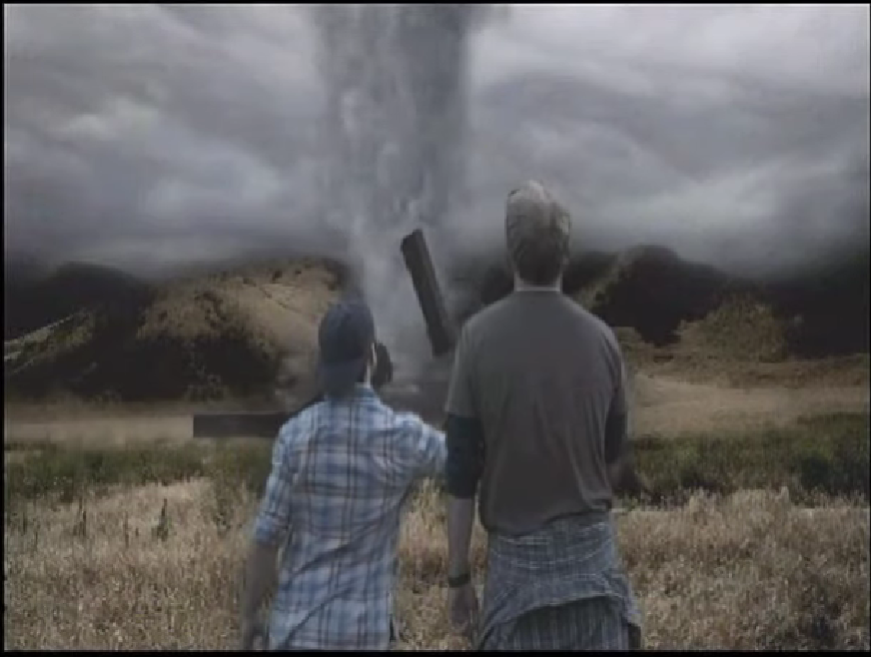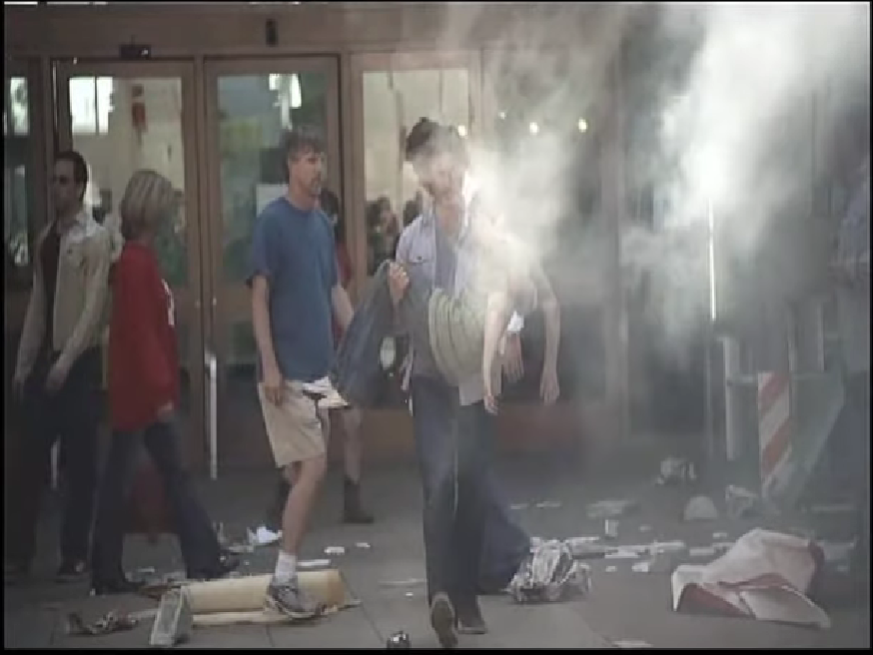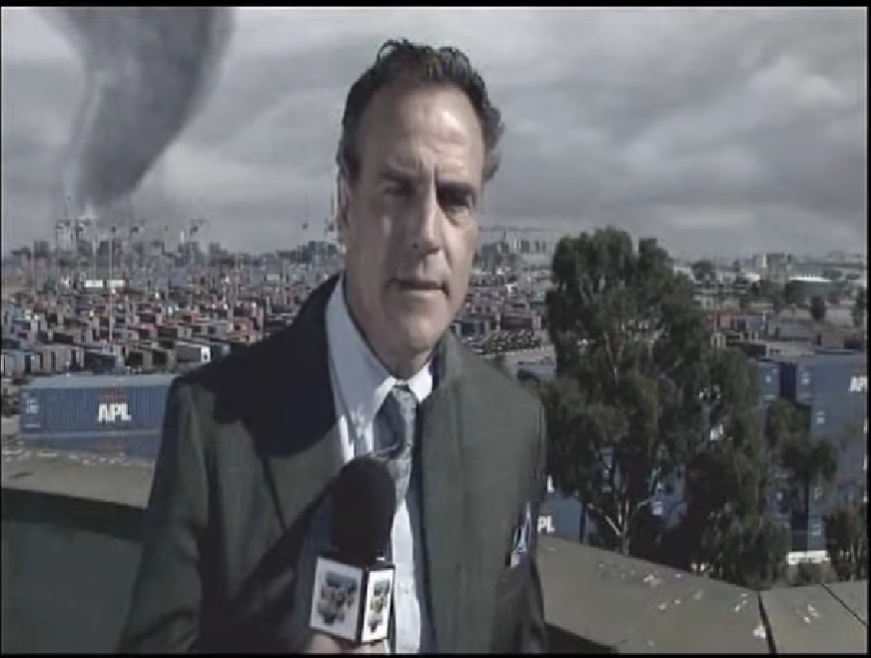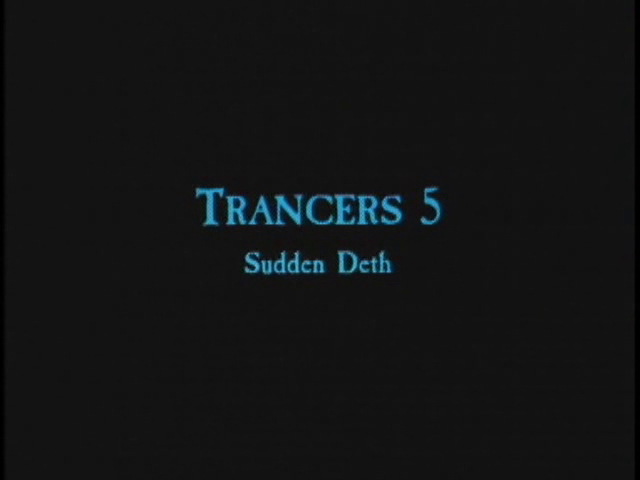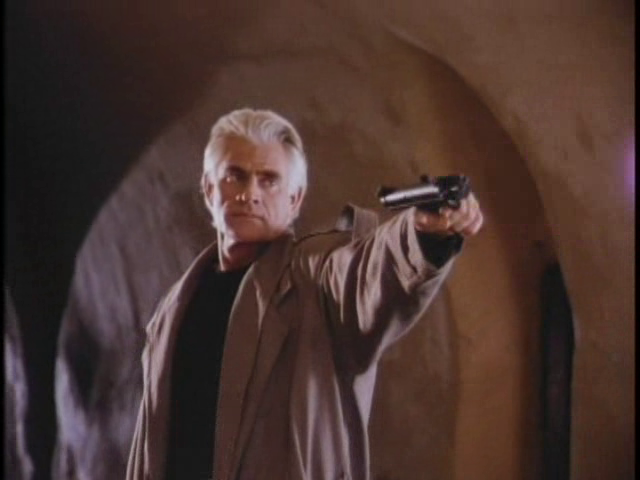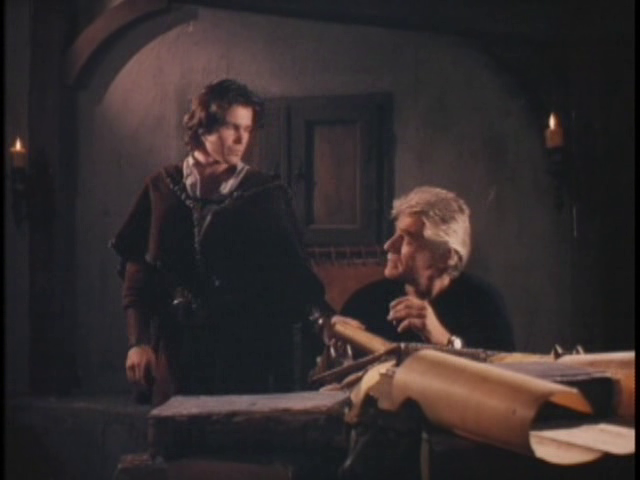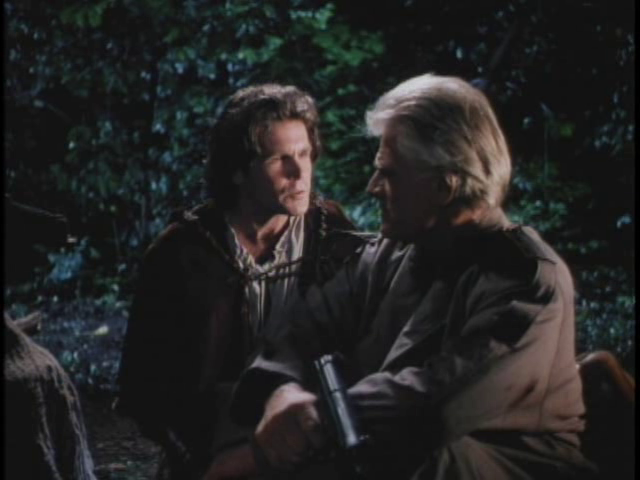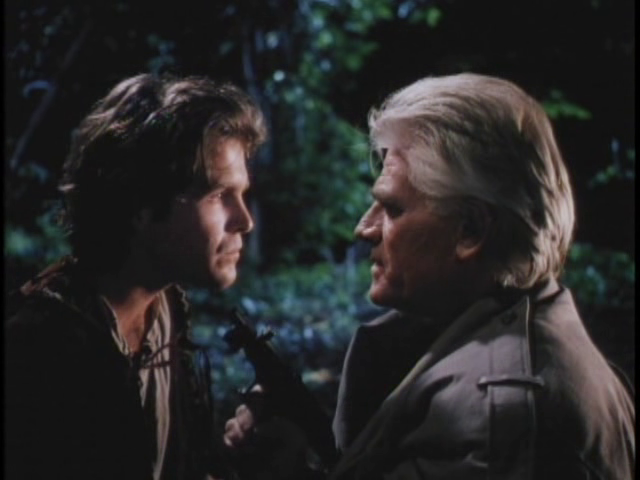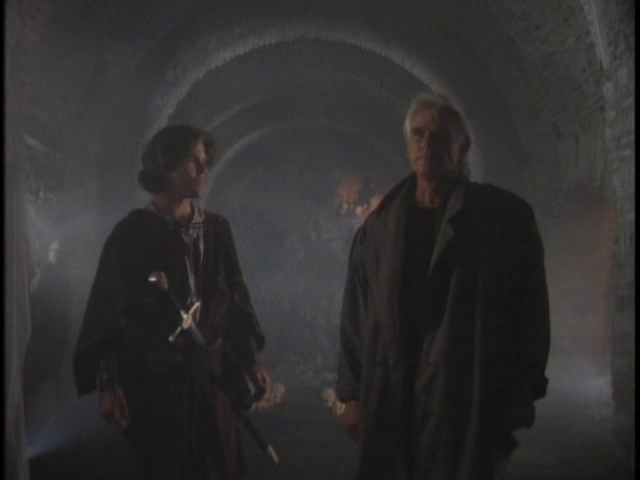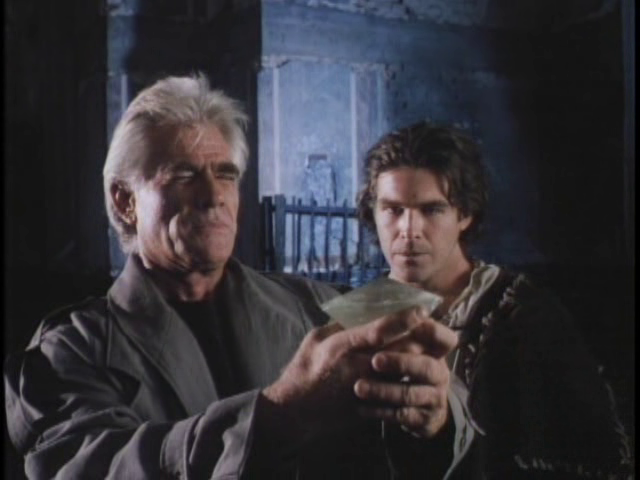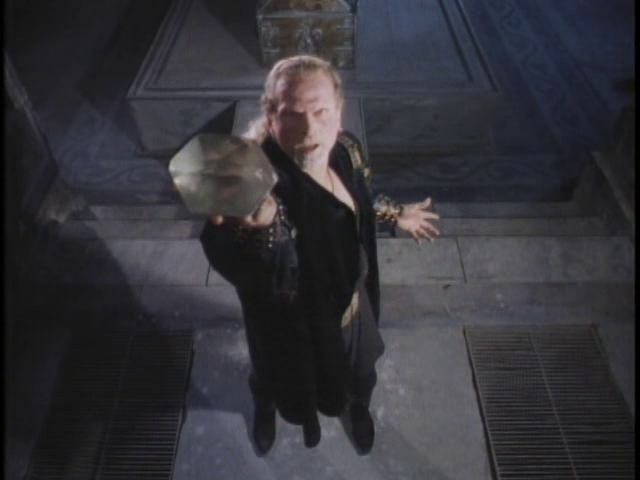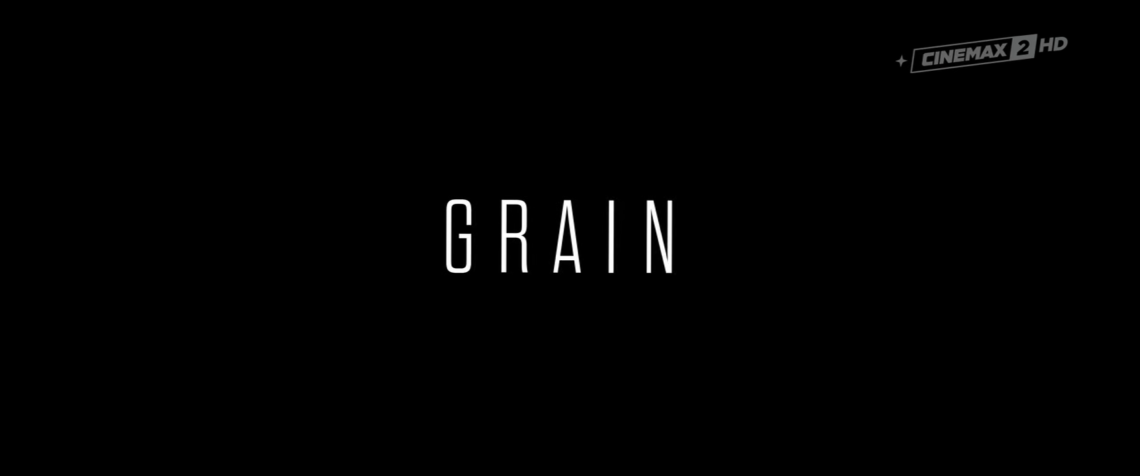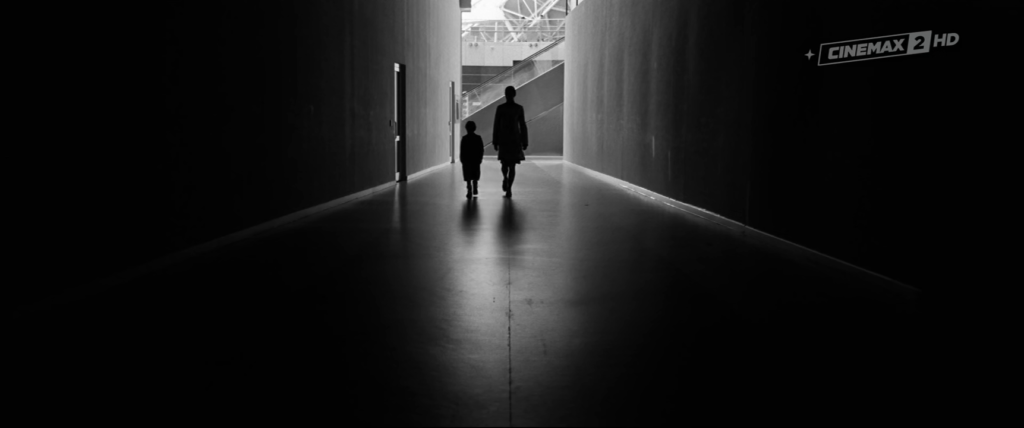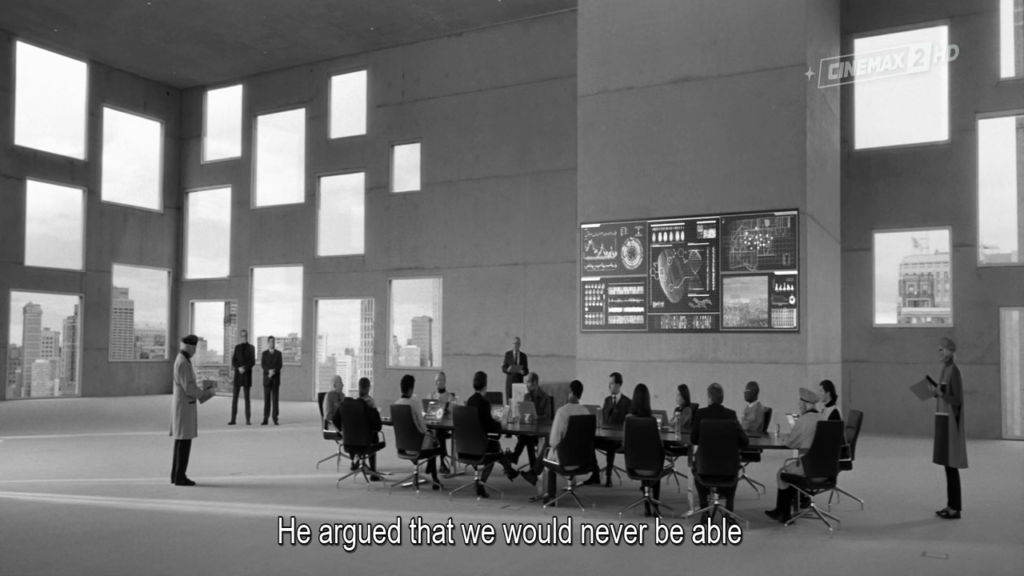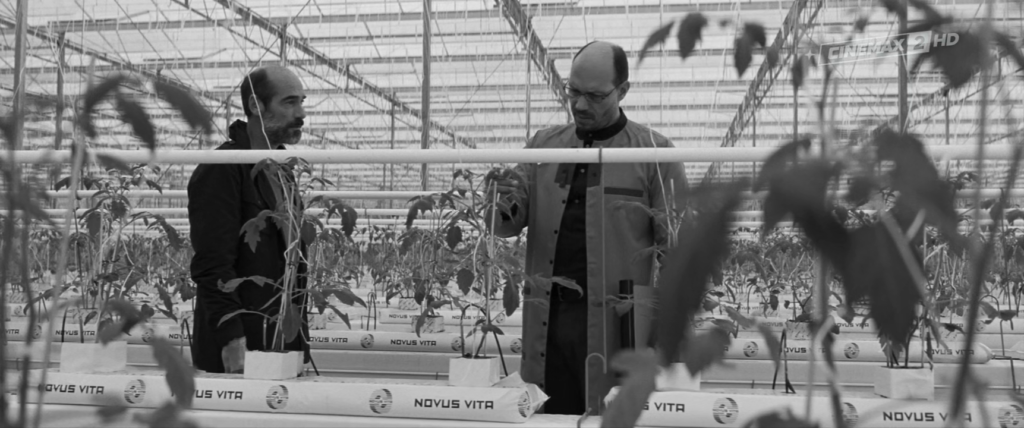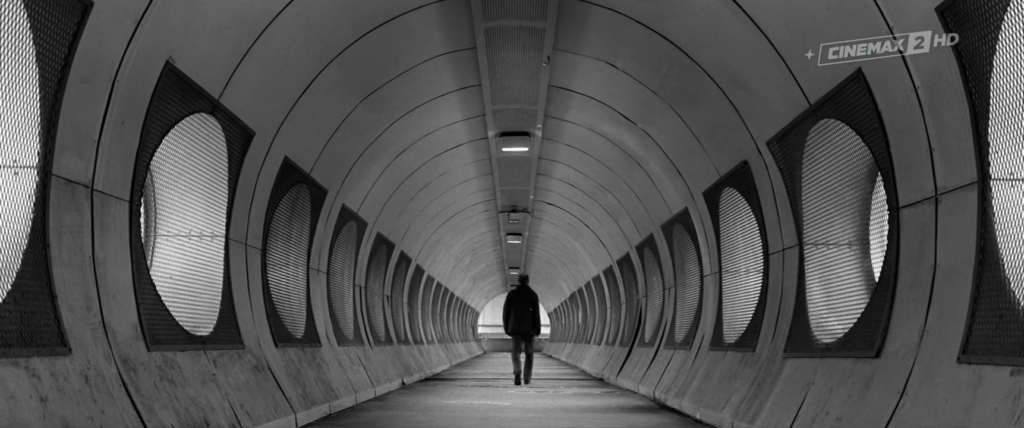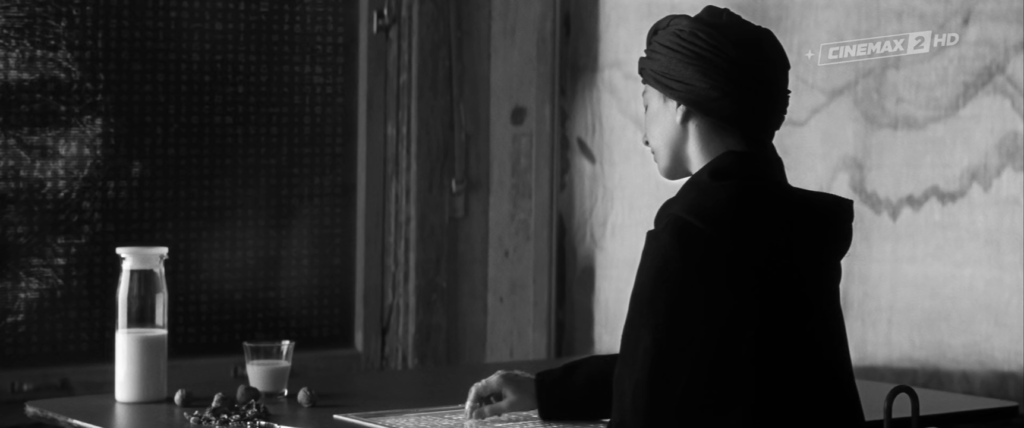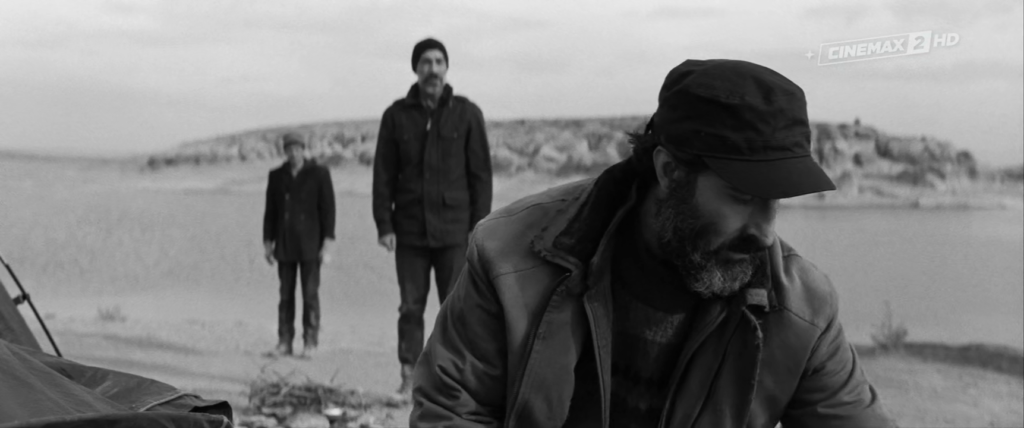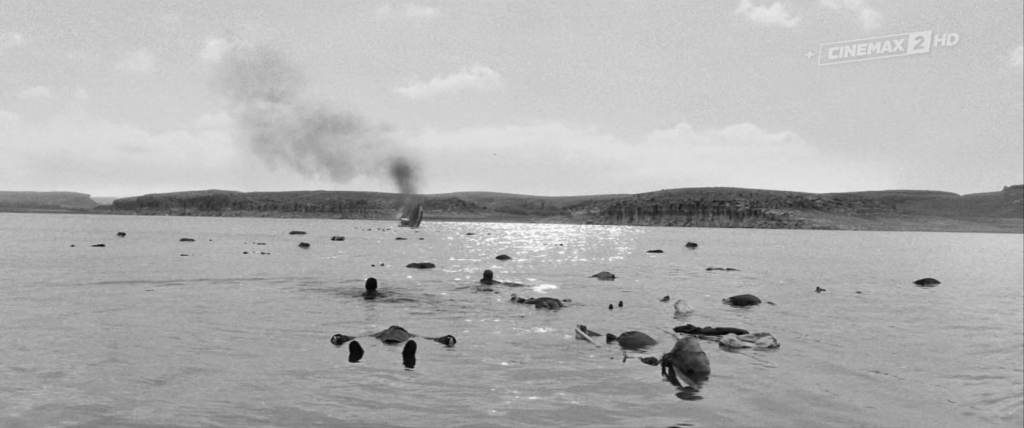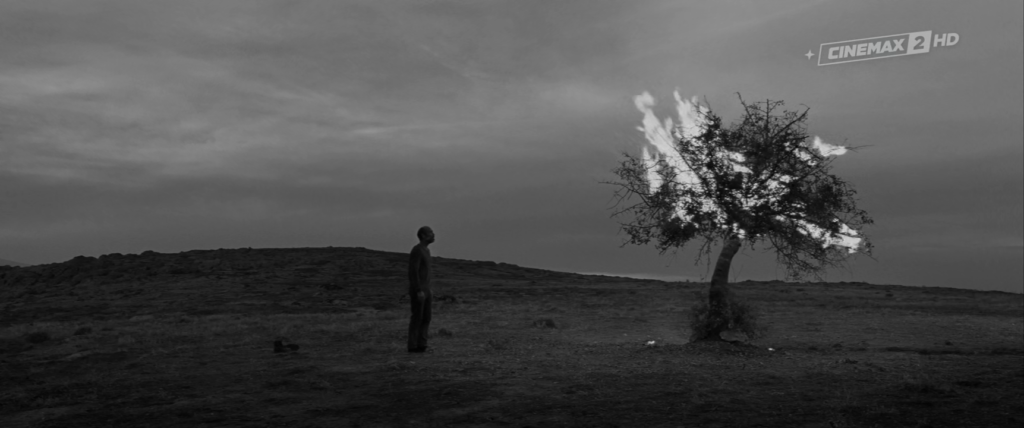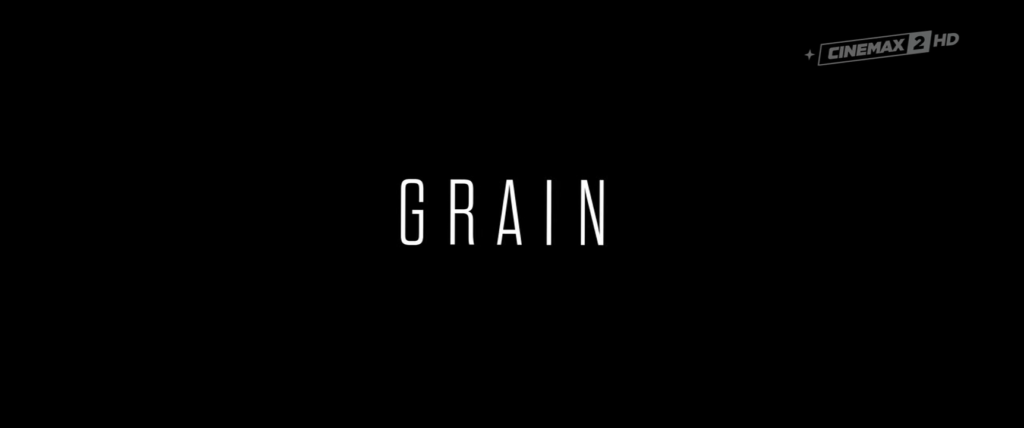-
#494 – The Apostate (1987)
The Apostate (1987)
Film review #494
Director: Valeri Rubinchik
SYNOPSIS: Miller, a physics professor, manages to create a device that can clone human beings. When the government learn of it, they want Miller to turn over the machine for their own uses. Miller also gets caught up in a conflict with his own clone, as the two lead similar, yet different lives, and come to different conclusions about what to do with their similar, yet different lives…
THOUGHTS/ANALYSIS: The Apostate is a 1987 science-fiction film based on the novel Five Presidents by Pavel Bagryak. The film opens up with Professor Miller, a physics professor at a university, visiting the President of a certain country: Miller has invented a method of cloning humans, and the government wants him to turn it over to them so they can use it for probably military purposes and such. The film revolves around Miller, as people try and get to him and his secrets, and also his clones, who lead the same, but different lives. The aim of the film is to explore the implications of cloning technology, and all the ethical conundrums that emerge from it. It’s all mostly stuff you’d expect to be explored, but it does it with a fair amount of depth and explanation. The structure of the film is a bit odd: almost self-contained scenes are separated by long interludes of imagery and music. As such, the flow of the story is rather disjointed and doesn’t really tie into a flowing narrative, which is odd seeing as it is based on a novel. The different scenes thus serve as dialogues about the various implications of cloning and the possibilities that come with it. As such, it becomes quite easy to get lost with regards to what is happening.
The aspect of the film which holds it together more than any other is the interactions between Miller and his clone: they both have the same memories, but their lives begin to diverge as they get involved with different people and such. Miller and his clone(s) are portrayed by the same actor, so the scenes involving them are carefully shot so that only one of them is completely visible at any one time. The fact that the two diverge in appearance (hair styles, glasses etc.) as the film goes on is also a nice touch that emphasises that divergence in their lives, and that while they may be identical, they are also now different. The rest of the cast doesn’t really stand out in any significant way, but I guess they don’t really need to. All of Miller’s clones moving about and some of them getting killed really does make the film even more confusing, but again the overarching plot doesn’t really seem to be the focus of the film.
With a runtime of nearly two and a half hours, the film takes it’s time in exploring it’s subject matter. The interluding scenes that bridge the dialogue scenes focus on vast landscape views, and often violent weather and associated destruction accompanied to classical music; which stirs up the feeling of nature responding to the cloning being itself a rebelling of nature, which is cool, but I’m not sure that’s the aim, and if it is it could have been done much more explicitly to good effect. As mentioned, the scenes where Miller and his clone are present are carefully shot so that the same actor can play both parts, and this is pretty well pulled off, and doesn’t feel forced. The rest of the cinematography too is pretty solid, from scenes that pan across large settings, to transitions between different parts of buildings, the camera work is fluid and competent. Overall, I don’t think The Apostate offers anything new to the discussion and implications of cloning, but it approaches the subject with clarity, while also plunging it’s depths too. The disjointed story does not lend itself to the traditional cinematic structure, and it’s very easy to get lost in the film’s wanderings. It’s probably not got anything unique enough to be worth a watch, unless you’re big into soviet cinema, and how it might take on the idea of cloning.
-
#493 – Back to the Siam (2013)
Back to the Siam (2013)
Film review #493
Director: Gonzalo Rodan
SYNOPSIS: Marty visits his friend Doc Brown and finds that he has invented a time machine…made from a fridge. A bunch of men in suits appear and try to catch Marty and the Doc, leading to Marty accidentally being transported back in time to the year 1986. There, he has to find Doc Brown again to help him fix the time machine to get back home…
THOUGHTS/ANALYSIS: Back to the Siam is a 2013 science-fiction film, based on…well, you can probably guess. The film centres around Marty Fox, who visits his pal Doc Brown to find he has completed work on a time machine that he has constructed himself out of a fridge. However, some men in suits come to put a stop to the Doc’s experiments, and Marty is accidentally sent back in time to 1986, damaging the time machine in the process. Marty goes to the Doc Brown in 1986 to get help in fixing the time machine and sending him home. The film is essentially made as an Argentinian Back to the Future, so while the essential plot is more or less the same, a lot of the settings, people, and scenarios are replaced by things which are more common to Argentina. For example, instead of the lightning storm which takes Marty back to the future in BttF, here it is the electricity generated when footballer Maradona scores a goal at the 1986 world cup. This is obviously a low-budget, somewhat satire of the films, so you can’t penalise it for accuracy, but the changes it has made to the film mostly fit the story well, and give the story a bit of a twist. Obviously it is based on the foundations of an already well written film in BttF, so I don’t want to give Back to the Siam too much credit for that. I could not find any English subtitles for this film, but I don’t think it really matters if you know Back to the Future like nearly everyone does, but does mean I can’t really comment on the jokes or humour. The physical humour is mostly entertaining though.
The biggest change from Back to the Future is that the “past” in this film is 1986, which is about the same time that the “present” was in BttF (1985, to be exact). This could have been a pretty interesting thing for the film to play with, but as mentioned, it’s aim is to make an Argentinian take on the original, rather than try anything too new. The main characters too are basically the same, just tweaked to reflect their locale. The character of Biff Tannen doesn’t have a counterpart in this film though, and instead the antagonists are just men in suits. The main focus of the story is the first Back to the Future film, but there’s some nods to the second and third film, so it definitely feels like a take on the franchise as a whole, which is nice, and means that the film won’t set up a sequel it will never get.
This should not come as a surprise, but this film is completely unlicensed, and has no permission to use any of the names, characters, or anything. It reminds me of the films of the 60s and 70s that would simply make films based on entire franchises without permission, typically in countries where they would not be found out and sued into oblivion. Back to the Siam doesn’t use any Back to the Future footage, but it does use a lot of the music, which it definitely doesn’t have the licence for: if you were going to argue this was simply a fan-made parody, then that might be the thing that tips it over the edge into plagiarism territory. Despite being a low budget “parody,” there’s obviously a lot of thought and effort gone into certain aspects of the film: the fridge being the time machine instead of the DeLorean (obviously there would have been no way to afford one) genuinely works and looks cool, as well as providing some fun gags. The camera work is also surprisingly good, and shows competency when switching between different angles in scenes. The biggest production issue is the audio: it constantly peaks and distorts, and voices in the same scene can often have completely different volume levels. Even doing something basic like having a limiter would have helped immensely; it’s quite odd that there’s such a disparity between the camera and audio work.
Overall, Back to the Siam is what you would expect from a low-budget parody/re-make/bootleg…whatever you want to describe it as. It uses the successful formula and story of what it is based on, and adds it’s own flair. While keeping fairly close to that original, it also sometimes decides to just go ahead and do what it wants. At one point it decides to just through in a version of “A whole new world” from Disney’s Aladdin for no reason. I appreciate the randomness though, and also the effort taken to give the source material a different flair. It’s not going to offer you anything that Back to the Future doesn’t, and a lot of the Argentinian cultural references may not offer anything if you’re not familiar with them, but it definitely could have been a lot worse.
-
#492 – 5.5.5. (2013)
5.5.5. (2013)
Film review #492
Director: Gustavo Giannini
SYNOPSIS: Gabriel is a philosophy teacher at a night school. A woman named Amnis enrols in his class, who vanishes without a trace after their intimate encounter. Her interest in the artist Benjamin Solari Parravicini, and his art that apparently predicted the future, leads Gabriel to research the artist’s works and unravel just what Parravicini saw in humanity’s future…
THOUGHTS/ANALYSIS: 5.5.5. (also known as Prophecy) is a 2013 film from Argentina. In the opening we are introduced to Gabriel, a philosophy teacher who is running a night course at a local school. A new student named Amnis introduces herself, and talks to Gabriel about the art work of Benjamin Solari Parravicini, whose art is printed on her shirt, and apparently predicted the future in his works. After an intimate encounter with her, she vanishes without a trace. Gabriel starts trying to locate her and researching Parravicini’s work, and learns that Parravicini’s predictions have come true, such as predicting the 9/11 terrorist attacks amongst others. He, aided by his cousin Tony, seek to unravel Parravicini’s prophecies and the apparent coming of an apocalyptic event which will strike the Earth in the near-future. The story of the film revolves around piecing together Parravicini’s visions and Gabriel’s developing obsession with them. The premise is pretty interesting, and the mystery surrounding Amnis’ identity and whereabouts is something which will keep viewers intrigued about until the end. There’s a couple of other smaller threads concerning Gabriel’s ex-wife and child, Tony’s schemes and some shady people trying to stop Gabriel unravelling Parravicini’s secrets, but they only really serve to build up different sides of Gabriel’s character. The trouble with the story is it never really gets too interesting: it’s basically Gabriel just doing research. The build-up to an apocalyptic event in the near-future that Parravicini prophesised and Gabriel trying to work out when is a bit more interesting. But ultimately goes nowhere. The film obviously hinges on leaving certain questions open regarding the prophecies and whatnot, but there’s not enough concrete results or a pay-off that is needed to provide a foundation to consider the ambiguity, and it ultimately feels like it leads nowhere. Some of the more interesting aspects like the neighbourhood that apparently distorts sense of time, are one such example that is left open, but is something that would make the story more interesting if it was revealed how it figured into the story.
Perhaps one of the weakest links in the film is the character of Gabriel himself: he just isn’t an interesting lead. It is difficult to empathise with him because he rarely shows his reactions to what is happening. Whether this is down to the acting, or he is intentionally written like that I don’t know. The parts of his character like being a philosophy professor, or being a parent, only figure into the film when absolutely necessary, and otherwise don’t affect his actions. Amnis is an interesting character, and the mystery surrounding her is a good thread that flows through the film, but the reveal only raises more questions: if she was from the future, how did she time travel? Was she a prophecy that Gabriel could see? Just explaining the mechanics of things a little would not ruin the ambiguity I think. The rest of the characters, as mentioned, don’t really come into their own, and only serve to bounce off of Gabriel’s character. Tony as the vaguely “comic relief” character fulfils a very obvious role that doesn’t really fit the serious tone of the film.
The film eventually reaches a point where it turns out that a shadowy organisation has been hoarding Parravicini’s artwork and preventing his prophecies from being found out. A man starts following Gabriel and the stakes get raised, but in the end it just goes nowhere. The ending of the film is also like that, as Gabriel just admits he has lost it and needs help, just before he is seemingly killed by the mysterious man. I am left wondering what the point of it all was: there’s no real conclusion to anything, and the prophetic vision or whatever it is that ends the film comes out of nowhere, and seems like a bland attempt at trying to create an ambiguous ending in a film that is already full of holes. 5.5.5. has some good moments in it’s intriguing and somewhat interesting story, but falters with it’s cast and characters. It’s attempt to create meaning often leaves the story full of gaps, and the unconvincing responses from characters will leave viewers without direction with regards to what to feel. Not a film entirely without merit and perfectly watchable, but you might not get anything out of the experience.
-
#491 – The Alligator People (1959)
The Alligator People (1959)
Film review #491
Director: Roy Del Ruth
SYNOPSIS: Newly-wed couple Joyce and Paul Webster are aboard a train on the way to their honeymoon when Paul receives a telegram that disturbs him, causing him to get off at the next stop and vanish, leaving Joyce on her own. She relentlessly pursues any clues about where her husband may have gone, leading her to a plantation in Louisiana, which he once registered as his college address. There, she suspects that there may be some answers to her questions, but everyone seems to think otherwise…
THOUGHTS/ANALYSIS: The Alligator People is a 1959 sci-fi horror film. In the opening, we see nurse Jane Marvin undergoing a treatment to cure her amnesia. While in a sedated state, she recalls to the supervising doctors the plot of the film: Joyce (as she was then known) had just got married, and they were on the train for their honeymoon, when Paul receives a telegram. Paul seems shaken by the contents and gets off the train at the next mail stop and disappears without explanation, leaving his new wife lost and confused about what happened. Joyce spares no effort in tracking him down, but the only clue she is able to find is an address he gave when he enrolled at college for a plantation in Louisiana, and so Joyce heads there to try and get some answers. The story of the film is honestly pretty well done: everything is contained, flows nicely, the twists are decent, and the explanations and justifications for everything that happens make sense. However, it is still a b-movie from a time when these types of films were cranked out en masse, and so it fits into a category in which things are expected to be a bit cheap and unoriginal. It’s executed better than some of the B-movies I’ve seen, but I think the problem is that it’s still not a very interesting setup. The horror element of the film doesn’t really meet expectations, as the “Alligator people” from the title turns out to be just one person, who is fairly humanised so as to not be portrayed as much of a threat.
The female lead provides a more original twist on the b-movie film, and her inquisitiveness and relentless pursuit of answers concerning her husband is one of the strong points of the film. Unfortunately, there are also moments where she becomes a more typical “damsel in distress,” and the film doesn’t seem to know how to break out of these archetype completely, and her character jumps can go between these two poles very suddenly and awkwardly. The rest of the cast have particular roles to play that, again, while they’re nothing special, fulfil their purpose well. There’s no real gaps in the story or characters which would disrupt the viewing experience, which is pretty rare in a b-movie like this.
The “alligator person,” when their face is finally exposed, is a scaly and deformed result of an experiment designed to harness the limb regeneration of alligators and apply it to humans (again, the explanation works pretty well). The makeup is okay, and not too distracting. When he finally transforms fully into an alligator human hybrid, the results are much worse, as it is clearly a guy in an alligator mask. Apart from that, the execution and production of the film are generally good, with the photography and camera setups working well, and scenes having a good level of detail. Overall, The Alligator People is a decently executed film that ties its characters and plot together well. The main problem is that it’s just not that interesting, and in terms of b-movie monsters, it’s just not as memorable or terrifying as others. It’s definitely better than many B-movies I’ve seen, but a bit of a bore.
-
#490 – Artemis 81 (1981)
Artemis 81 (1981)
Film review #490
Director: Alistair Reid
SYNOPSIS: An epic battle for the future of mankind is about to wage between Helith, the angel of light, and Asrael, the angel of death, Novelist Gideon Harlax finds himself caught up in the middle of this struggle, as the world becomes the battlefield…
THOUGHTS/ANALYSIS: Artemis 81 is a 1981 TV movie. The overall story concerns the battle for the future of mankind between the angel of light named Helith, and the angel of death, Asrael. At the centre of it all seems to be Gideon Harlax, an occult novelist who has detached himself from all emotion. This TV film is very slow-paced and meandering: the first act deals very much with exploring the human creative process and dealing with emotions, which as you might expect is a very broad and varied wander through a lot of different subjects. The film definitely requires your full attention to understand what is going on across its three-hour runtime, but even then you might not get the whole picture, as the themes it explores are very subjective and may not directly impact the story. There’s definitely plenty of depth to it’s exploration of its subjects, and it pushes the boundaries of what you might expect something produced in 1981, in terms of its discussion of homosexuality, suicide and sex. All in all, there is a lot going on in this film, and while it is all very deep and powerful, there’s little sense of pacing and being able to produce an overall coherent narrative: part of that is intentional, because it is very much an exploration of the messy thoughts and feelings of people, but the part of it which ties everything into this battle between the two angels never manages to achieve it’s goal I think.
The film starts off focusing on Gwen Meredith, and her chance meeting with famed musician Albrecht von Drachenfels, whom she wishes to play for. She wishes to explore the depths of feeling and expression in her music, but Gideon, her…friend? husband? I honestly couldn’t work it out; his indifference to getting emotionally involved with anything forms a stark contrast with the people around him. We see his discussions with a number of people baring their souls while he remains cold and unmoving, and it works as a setup that allows us to explore the themes the film sets out. The plot of the two angels battling it out is the most interesting aspect, but it’s typically dealt with so abstractly it’s quite difficult to follow. There’s a plot concerning Albrecht and his Mother, and how this relates to the two angels trying to either wake up their Mother or let her sleep, but again it’s left mostly open to interpretation. On a somewhat interesting note, the angel of light is played by Sting in his first big (?) acting role: luckily, his awkward portrayal works pretty well since he’s playing an angel that doesn’t really know how to interact with humans.
Overall, Artemis 81 is a very full-bodied experience that requires your full concentration to grasp both the overall story and the exploration of the issues it raises. The uneven pacing doesn’t help with respect to getting to grips with the content of the film either. The dialogue is extremely unnatural and metaphysical, leaving every conversation feeling like an exercise in philosophical discourse. Despite all of this opacity though, Artemis 81 does have the courage to push some boundaries, and takes the subjects it addresses seriously, and if you have the concentration to watch it uninterrupted for its three hour runtime, then it’s an interesting film of it’s time.
-
#489 – The Monster of Piedra Blancas (1959)
The Monster of Piedras Blancas (1959)
Film review #489
Director: Irvin Berwick
SYNOPSIS: The quiet Californian town of Piedras Blancas hides a dark secret: in the caves beneath the lighthouse, there hides an ancient monster that starts killing the residents of this sleepy town. Unaware of the monster’s existence, a number of the residents try to find out what is causing the killings…
THOUGHTS/ANALYSIS: The Monster of Piedras Blancas is a 1959 sci-fi horror film. Set in the small lighthouse town of Piedras Blancas in Southern California, the residents of the town find themselves being killed off one by one, with no idea who…or what is doing it. The film is paced like a typical monster movie of the time, with very little momentum at the beginning, and various murders until the monster’s reveal. The pacing is very slow in this one, and we only get the reveal of the monster about two-thirds of the way in, and everything before just involves these cast of characters that do little to distinguish themselves. The dialogue is pretty dull, and the character development doesn’t help make things exciting. I suppose this dullness reflects the setting of this sleepy seaside town, but it doesn’t really make for an interesting movie.
The film is an independent production, so it doesn’t have the backing of the big studios, but then again, those same studios were cranking out films like this at about the same quality, and the same runtime just over an hour long (this runtime was typically suitable for being shown at drive-in cinemas as part of double features, that were popular at the time). As such, it’s rather indistinguishable from a more ‘mainstream’ production. The on-location shots of the cliffs and the town do give it a more authentic feel instead of just relying on sets, so it does have that going for it. The cast of characters can easily be remembered by their roles, and their names are somewhat irrelevant: you have the doctor, sheriff, storekeeper, lighthouse keeper and the young couple. Each of them, as mentioned, fills out a fairly predictable role, and adds very little to proceedings. The young woman manages to show a lot of skin fairly regularly (even going swimming in the sea naked at one point), which would have been a little risqué at the time, and not something I’m sure a bigger production could have gotten away with.
The most notable aspect of this film is definitely the monster itself. Very similar in design to “The creature from the black lagoon,” (and designed by the same creator), the monster is based on a diplovertebron, which was a prehistoric creature that lived over three hundred million years ago. We don’t get too many shots of the creature in it’s full glory, but when we do it looks fairly decent for the time, with a scaly skin and water oozing out of its mouth. One of the other most memorable aspects of the film is the use of gore. In most Hollywood films, the killings would be done offscreen or without any blood or viscerality. When we get the full reveal of the monster, he is carrying the bloody decapitated head of his latest victim, which certainly comes as a shock, since nothing else has happened in the film up to that point, and also you just don’t expect to see that kind of gore in these films; also, the effect looks pretty convincing too. We get another shot later on of the abandoned head being walked over by a crab which is also has the same effect, but apart from that, there’s not too much to say about this film. The Monster of Piedras Blancas is a fairly forgettable film save for one or two moments that show off its horror credentials. It’s fairly short runtime means you can probably check it out without too much fuss though.
-
#487 – Mantera (2012)
Mantera (2012)
Film review #487
Director: Aliyar Ali Kutty, Miza Mohamad
SYNOPSIS: At the Weston Technologies research lab, a prototype exosuit is destroyed and the lead researcher is kidnapped. The remnants are accidentally shipped to a high school student named Azman, a computer genius. Unsure of what has been delivered to him, he asks his friend to help rebuild it, and they find it is a motorcycle that turns into an armoured exosuit. As Azman gets used to this new power, he quickly finds himself caught up in a battle of good and evil for the fate of the world…
THOUGHTS/ANALYSIS: Mantera is a 2012 science-fiction film. The film opens up with a break-in at a research laboratory, where a prototype exosuit armour is destroyed. The wrecked parts are shipped accidentally to high school student Azman, who reassembles the suit with the help of his friend, and gets dragged into a battle for the fate of the world: that’s a pretty threadbare explanation of the whole plot, but also captures everything you need to know. The whole film feels like something you’ve seen before: every scene feels like it’s ripped off from a better movie. There’s superhero themes and adolescent drama which makes me think of the Raimi Spider-Man films above everything else. Nothing about the story is believable: the “accidental” shipping of a prototype exosuit of armour to a high school student (which the film handwaves away later as some form of destiny), and the appearance of the love interest, who straight away remarks she is a robotics expert and by amazing coincidence can help Azman to get the suit to work. Everything just falls into place a bit too easily, and makes the film always feel scripted, forcing everything to fit into the genres and movies the film is copying.
The characters are, like the story, unoriginal and barely develop out of their foundational tropes. Azman is the typical nerdy high school student, his friend is a mechanic who it just so happens can rebuild the parts Azman was sent, and as mentioned Deena plays the romantic interest, and just so happens to be an expert in robotics to help Azman get the exosuit to work. The characters are just so conveniently placed within the film to justify the narrative that there’s no room for any development. The “mentor” type character also fulfils their role exactly as you’d expect, including being killed off near the end to give the main character motivation. The two secret organisations fighting for control of the world being the “Alliance of Light” and the “Legion of Darkness” is just so incredibly reductive and bereft of imagination that it is barely worth mentioning. The villain is just some guy who does a “Dr. Claw” and always has his back to the camera: I don’t think he’s actually any of the other characters, so hiding his identity is redundant, and also the film ends without him even meeting the hero, instead just promising “revenge” in a sequel which we never got. Utterly pointless.
The effects and CG are all feel like a student’s university project: the exosuit is all CG, and moves awkwardly. Alongside this, the battles with it in are difficult to follow when the screen fills up with all the CG. The English audio dub is atrocious, with the characters all having very very cartoon-ish voices, like Azman’s best friend having the cool kid surfer accent, and the villain having the voice of a sandpapered throat. A lot of the sound effects are all stock sounds that you have probably heard many times before, and continue to add to that overall feeling of unoriginality and amateurism that constantly reminds you that you’ve seen everything done better in other films.
-
#486 – Christmas Twister (2012)
Christmas Twister (2012)
Film review #486
Director: Peter Sullivan
SYNOPSIS: Ethan Walker, a meteorologist, detects a tornado in Texas that he believes is a herald for much stronger tornadoes that are about to ravage Texas over the coming day. His wife Addison, a local news anchor, is initially sceptical, but believes him as more tornadoes start to appear. As the storms worsen, it is a race against time as Ethan and Addison try to get their kids to safety, and convince the local TV station to warn people to seek shelter…
THOUGHTS/ANALYSIS: Christmas Twister (Also known as F6: Twister) is a 2012 TV disaster movie about a twister at Christmas time (unsurprisingly). The film starts off introducing Ethan Walker, a meteorologist who detects a tornado in the Fort Worth area of Texas, which he believes is a precursor to a much more devastating series of tornadoes. However, his modelling, which accounts for climate change affecting the frequency of tornadoes, is not used by others, and has gotten him into trouble before by causing mass panic in Chicago when no tornadoes happened. He calls up his wife Addison, a news anchor at the local TV station, to warn her, but she is initially sceptical, but more tornadoes happen, and she is convinced to help him. The film revolves around the Walker family, as Ethan tries to get their kids to safety, and Addison tries to convince the news station that the danger is real and to get the public to seek shelter. This very typical made-for-TV disaster movie offers up a disaster of relatively mild proportions, with character arcs that are predictable and without interest. The premise of the main character having the only accurate weather modelling because his accounts for climate change is a bit absurd, and his explanations are loaded with jargon that makes little to zero sense. The typical three act structure is present, but doesn’t really build the story up to a climax, and just repeats the same set-ups throughout. Probably the worst thing about it is there’s no real scale of the disaster that everyone talks about: the death count is mentioned off-hand as being about 20-30, and there’s only around three to four on-screen deaths, with only one of those being an established character. As it stands, there’s no real sense of danger to the main cast. Also, there’s the fact that nearly every building has a tornado shelter so it’s hardly a mammoth task to get everyone to safety when they see a tornado coming. Ethan going to pick his kids up from school just seems a bit pointless when the schools will obviously have tornado shelters in an area that is frequently hit by tornadoes.
For a disaster movie, there’s not a lot of destruction to see: the film uses obvious stock footage of the aftermath of a tornado, but even that doesn’t look too bad. The images of people rolling away tires and other debris in the aftermath is just so contrived it’s hilarious. Most of the film also doesn’t take place during a tornado, rather it just deals in the aftermath of them, and the danger seems to mostly consist of just rescuing people from underneath rubble. The budget of the film clearly doesn’t have the capacity to have whole scenes be blown about and destroyed, and so we are left with some mild shaking and some really bad CG renders of tornadoes that don’t really look that impressive or strong: for example, you see people within about ten metres or so running away from the tornado, which at the strength it supposedly is, would suck them up right away. Again, this makes the tornadoes seem much less threatening than they are. The characters do have their own story arcs and purposes, which I guess is a positive, but it’s all very standard stuff that you’ve seen plenty of times before. None of the “jokes” are particularly funny: the one scene with tornado chasers barely escaping with their lives ending with the line “This is gonna make us a fortune on YouTube!” made me want to just walk away from this wreck.
If you’re looking for some Christmas spirit in this film, there isn’t really any. The film’s setting in winter is somewhat important to the story, as the tornadoes appear in December outside of tornado season due to global warming etc. but there’s no other sense of it being Christmas apart from one scene with a mall Santa. The weather is basically summer, and there are no Christmas decorations or anything adorning the scenes. All in all, it just feels like a typical low budget disaster film that fails to really portray any big scope of disaster, focusing instead on a fairly typical family that aren’t ever in any real danger (because they live in an area frequented by tornadoes, so there’s plenty of tornado shelters). Don’t ruin your Christmas spirit by watching this.
-
#485 – Trancers 5: Sudden Deth (1994)
Trancers 5: Sudden Deth (1994)
Film review #486
Director: David Nutter
SYNOPSIS: Jack Deth is still stuck in another dimension on the planet of Orpheus following an accident while time travelling. He learns that the only way to get back home is to get the “tiamond” from an ancient castle of terror. However, the trancers that Deth previously defeated are out for revenge…
THOUGHTS/ANALYSIS: Trancers 5: Sudden Deth is a 1994 film and the fifth in the Trancers series. The film picks up right where the last film left off…but not before showing an eight minute recap of what happened in Trancers 4. Given that this is a Full Moon Features production, and they are notorious for padding out runtime, this shouldn’t be surprising. Trancers 4 and 5 were filmed back-to-back, so it’s no surprise that they flow almost seamlessly into one another, but the problem with that is they don’t really distinguish themselves from each other, and it stretches out the premise far longer than it needs to be. Throwing Jack Deth into a medieval fantasy world was bad enough, but making two whole films about it really prolongs the agony. The film also decides to resurrect the main villain from Trancers 4 less than twenty minutes in (less if you don’t count the re-cap) and with relatively little difficulty, which further cheapens any accomplishment of Deth defeating him in the first film.
This time around, Deth must travel to the adequately named “Castle of Unrelenting Terror” to acquire the Tiamond (Time + diamond…get it?) and use its powers to return to his own world. So the film has this “quest” as its main plot point, which really just involves some minor inconveniences along the way. There’s some attempted character development between Deth and Prospero, the son of villain Lord Calihan who turned against his Father, but its all a bit arbitrary. Nothing is really explained, and there’s very little attempt at world-building. The resurrection of Lord Calihan from a painting of him almost spontaneously raises questions that are never answered, and just replays the conflict of the previous film with very little else at stake. The rest of the cast is about the same, and offers nothing new, and most of the criticisms of the previous film still stands.
The Trancers franchise was never a blockbuster franchise, but deviating from its sci-fi Bladerunner/Terminator roots to this weird medieval setting has removed the series from anything that made it interesting. The only really interesting feature of the film again is Jack Deth himself, whose wise-ass character is still somewhat likeable and entertaining in his portrayal, although he is not given any of the decent one-liners or retorts that made him so. The setting really isn’t appropriate for the character of the franchise; maybe if they really pushed the “fish out of water” setup there could have been some funny moments with Jack’s no nonsense attitude, but as it stands there’s not much that this film contributes to the series, and a further slide down in the franchise’s quality.
-
#484 – Grain (2017)
Grain (2017)
Film review #484
Director: Semih Kaplanoglu
SYNOPSIS: In a post-apocalyptic world where most of the planet’s soil cannot grow plants and food, the world is divided between the remnants of the cities, agricultural zones, and the inhospitable wastelands where nothing grows, separated by barriers that kill anyone that get too close. Professor Erol Erin, a seed geneticist, learns of a researcher whose thesis predicted the current genetic crisis, and sets out into the wasteland to find him and get answers about how to solve it.
THOUGHTS/ANALYSIS: Grain is a 2017 post-apocalypse film. In this post-apocalypse, we see that society is divided into the remnants of the cities, and the agricultural zones, each ruled by powerful corporations and elites. There is also the wastelands, which makes up the majority of the planet, and is populated by genetically incompatible people who suffer the harshness of the inhospitable environment. Separating them are giant energy barriers of some sort that kill anyone that touches them, maintaining the gap between the elites and the rest firmly maintained. We don’t get much more insight into the state of the world than this, but it’s setup is fairly familiar to the post-apocalypse setting, so it’s not really an issue. The cities are facing an issue where seeds and crops are unable to grow, which will turn into a full crisis if the situation worsens; the film gives some scientific jargon as to why this is happening about missing particles and stuff, but its all a bit superfluous. Professor Erol Erin, a seed geneticist, wants to find a man whose thesis predicted the crisis and how to solve it, but he has apparently disappeared into the wastelands. He illegally sneaks through the barrier and sets off in search of Cemil, who he believes can put a stop to the crisis. The film’s story is deliberately threadbare, in order to keep things open to interpretation in some way, and as such, situates itself in the vein of the more epic films like Tarkovsky’s Stalker. There are, however, a number of problems with this: the film is very front-loaded and gives a lot of time in the first half to explaining everything, and the second half in mostly silence, and the contrast splits the film in a messy way. In a similar vein, it feels like it wants to be one of those epic films, but at the same time appeal to a more Western sensibility. The runtime at just over two hours fits into a more (slightly longer) Hollywood film, but a bit too short for the longer epic films. Even as it is though, the film feels too long with very little reward for getting through it. The long scenes filled with silence are often good, but the film as a whole just doesn’t offer anything to think about or tie it all together. The film is based on a chapter in the Quran apparently, and while I can’t speak to that, maybe there’s a religious allegory in there that I’m missing. The message of the film seems to be that mankind is far too wasteful and careless about the environment and the world in which it lives, but to deliver that message in a film released in 2017 is hardly groundbreaking or impactful unless you have a really clever way to do it. Grain does not have that.
The film mostly centres around two characters: Professor Erol Erin, a scientist from the city, and Celim, a man who has abandoned the city for the wastelands. The two journey off into the wastelands together, as Erol tries to survive Celim’s eccentric actions and behaviour. Erol finds Celim in order to learn something, but what Celim tries to teach him is not what he expects: he is less about giving answers, and more about a process of care and concern for mankind and their environment. The long scenes of almost pure silence accomplish that in some way, with said silence taking the place of any answers as the pair traverse the wasteland. There are some scenes that stand out, but the film ultimately feels like it goes nowhere. The acting is fairly decent, and so are the minor characters, but we see far too little of them for them to have any impact, and just leave us with more questions.
The film is entirely in black and white, and again this is a deliberate choice to evoke the kind of epic film it wants to be. Is it necessary? Not really. The scenes in the landscape of the wilderness are very grand and empty, emphasising it’s silence and deadness. It’s clear that Grain has a vision of what it wants to be and how it wishes to approach its subject matter, but it is almost entirely obfuscated and mixed up in its execution, leaving very little impact overall. There are some good scenes in here, and again, clearly a message that is trying to be communicated while also being open to interpretation, but it seems every time it needs to be clear, it becomes ambiguous and vice versa. The film is trying to say a lot, but never pushes itself firmly into that epic category of long films that accomplish this. As such, the execution finds itself far behind where it’s ideas want it to be.
